The realm of literature presents a journey of transformation, particularly significant during middle school years. A phase wherein imagination and curiosity blend harmoniously, providing an ideal foundation for the exploration of timeless pages found within classic books. As young minds step into adolescence’s gateway, a voyage of self-discovery and expanded horizons commences.
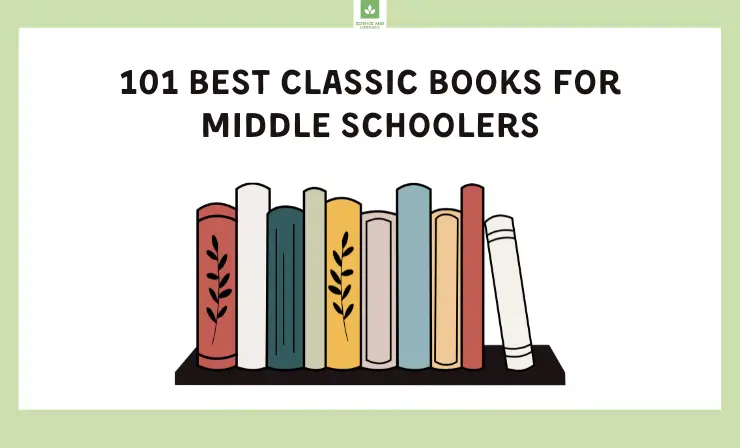
Within this period of dynamic growth, literature stands as an unwavering companion, offering not solely amusement, but also profound insights into the human narrative. Within the pages of these classic tomes, narratives have withstood the test of time, resonating across generations and cultures, offering glimpses into diverse eras, societies, and viewpoints. As a result, young readers cultivate empathy and comprehension.
The world of classic literature, a repository teeming with narratives that captivate hearts and challenge intellects, offers an array of themes—from sweeping quests to intimate character analyses—delving into life’s intricacies, including love, courage, and resilience. Moreover, this literary odyssey enriches critical thinking, vocabulary, and analytical prowess, equipping middle schoolers with skills that extend beyond printed pages.
Many individuals experienced significant influence after engaging with literature during their middle school years:
“To Kill a Mockingbird” was the single most influential book I’ve read. After an assignment in middle school, I vowed to become a lawyer and spend my life ensuring equal justice under the law for all. Removing it from the curriculum is a true American tragedy. What a dark time. https://t.co/ec3op3YIdl
— Dana Nessel (@dananessel) January 29, 2022
The ensuing journey encompasses an exploration of meticulously chosen classic books—101 of the best, tailor-made for middle schoolers. Encompassing the revelation of enchanting fantasy realms, a reimagining of historical epochs through vibrant narratives, and immersion within thought-provoking sagas of personal evolution, this anthology ignites the pleasure of reading and the pursuit of knowledge. Thus, as we plunge into these narratives, we celebrate the profound influence of classic literature—a force molding young intellects and nurturing an enduring fondness for reading.
Presented below are the 101 books that, in my view, stand as the finest choices for middle school readers:
1. “The Hobbit” by J.R.R. TolkienPublished: 1937 Bilbo Baggins, an unassuming hobbit, embarks on an epic adventure when he joins a group of dwarves on a quest to reclaim their homeland from the fearsome dragon Smaug. Along the way, they face challenges, make unlikely allies, and discover the power of courage and friendship. | 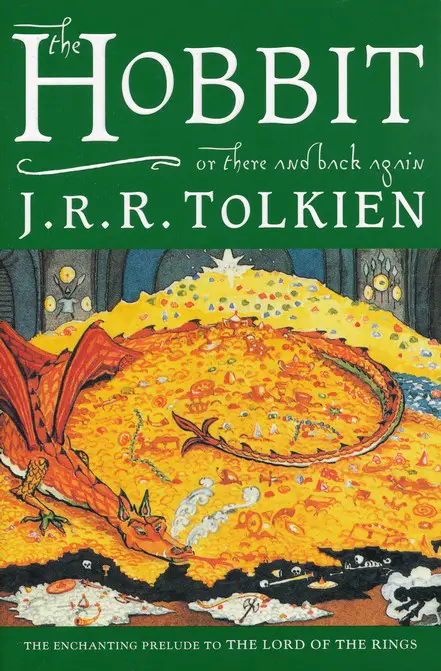 |
2. “Harry Potter” series by J.K. RowlingPublished: 1997-2007 Follow the journey of Harry Potter, a young wizard, as he navigates the magical world, battles dark forces, and unravels the mysteries of his own past. The series combines fantasy, adventure, and coming-of-age themes, captivating readers with its intricate plot and richly developed characters. | 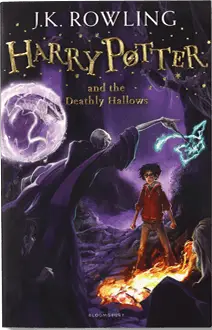 |
3. “Alice’s Adventures in Wonderland” by Lewis CarrollPublished: 1865 Alice falls down a rabbit hole into a whimsical and nonsensical world filled with peculiar characters, bizarre events, and unexpected challenges. This classic tale explores themes of identity, absurdity, and imagination as Alice navigates a world where logic is turned upside down. | 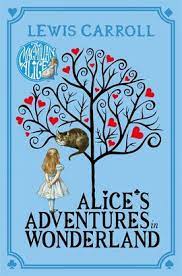 |
4. “The Chronicles of Narnia” series by C.S. LewisPublished: 1950-1956 This series of seven books follows the adventures of children who stumble into the enchanted land of Narnia, a world filled with talking animals, mythical creatures, and epic battles between good and evil. Each book explores different themes while contributing to a larger allegorical narrative. | 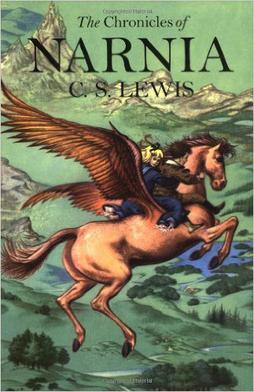 |
5. “Percy Jackson and the Olympians” series by Rick RiordanPublished: 2005-2009 Percy Jackson discovers he’s a demigod, the son of Poseidon, and is thrust into a world of Greek mythology, monsters, and quests. Alongside his friends, Percy embarks on quests to prevent catastrophic events, encountering gods, creatures, and challenges from ancient myths. | 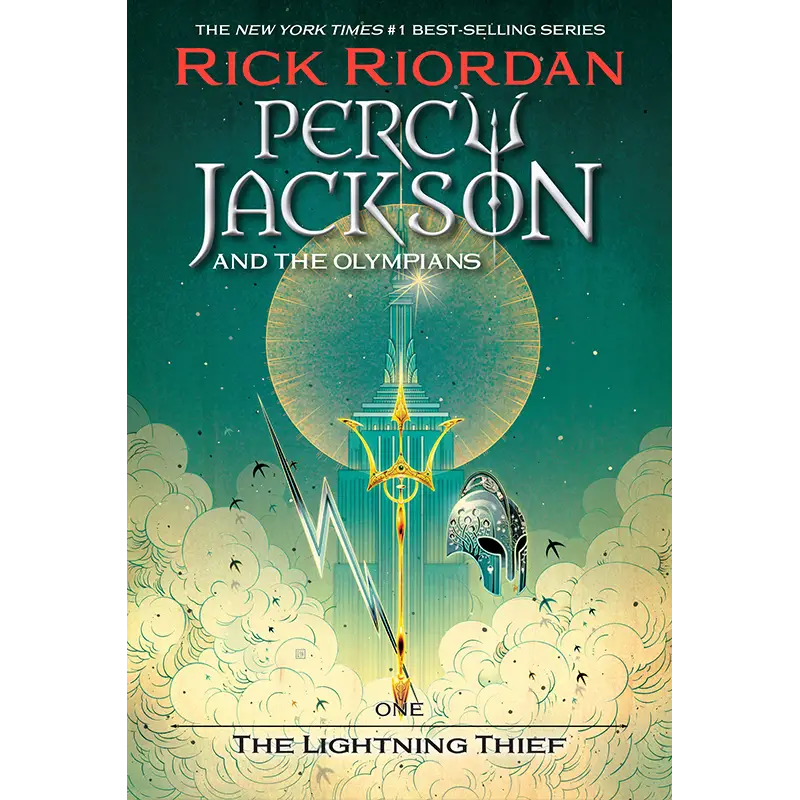 |
6. “Watership Down” by Richard AdamsPublished: 1972 A group of rabbits embarks on a dangerous journey to find a new home after their warren is threatened. The novel delves into themes of survival, leadership, and the bond between animals as the rabbits face numerous trials in their search for safety. | 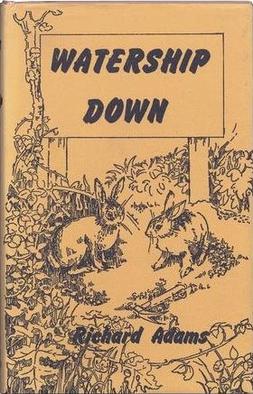 |
7. “The Wind in the Willows” by Kenneth GrahamePublished: 1908 Follow the adventures of Mole, Rat, Toad, and Badger in the English countryside. This charming tale explores friendship, camaraderie, and the joys of simple pleasures while highlighting the different personalities and pursuits of the animal characters. | 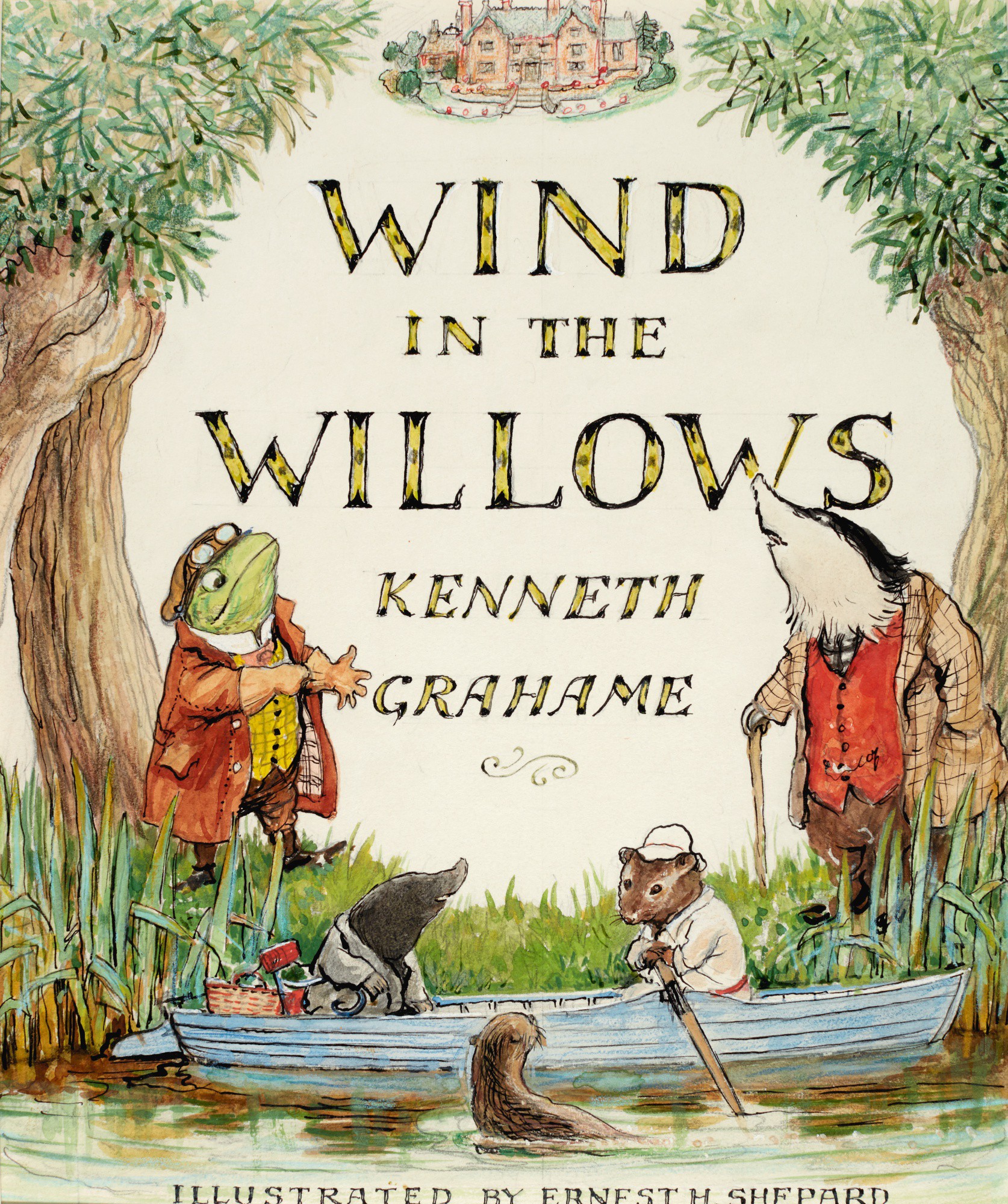 |
8. “The Swiss Family Robinson” by Johann David WyssPublished: 1812 Shipwrecked on a deserted island, the Robinson family must use their resourcefulness and teamwork to create a new life in the wilderness. This classic story of survival and ingenuity captures the family’s efforts to adapt, build shelter, and forge connections with their new environment. | 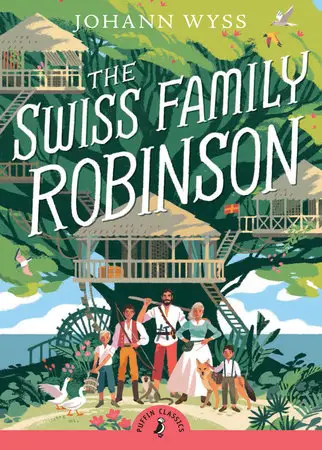 |
9. “The Call of the Wild” by Jack LondonPublished: 1903 Follow the journey of Buck, a domestic dog, as he is taken to the Yukon during the Klondike Gold Rush. Facing the harsh realities of the wild, Buck taps into his primal instincts and embarks on a journey of self-discovery in a tale that explores the wilderness and human-animal relationships. | 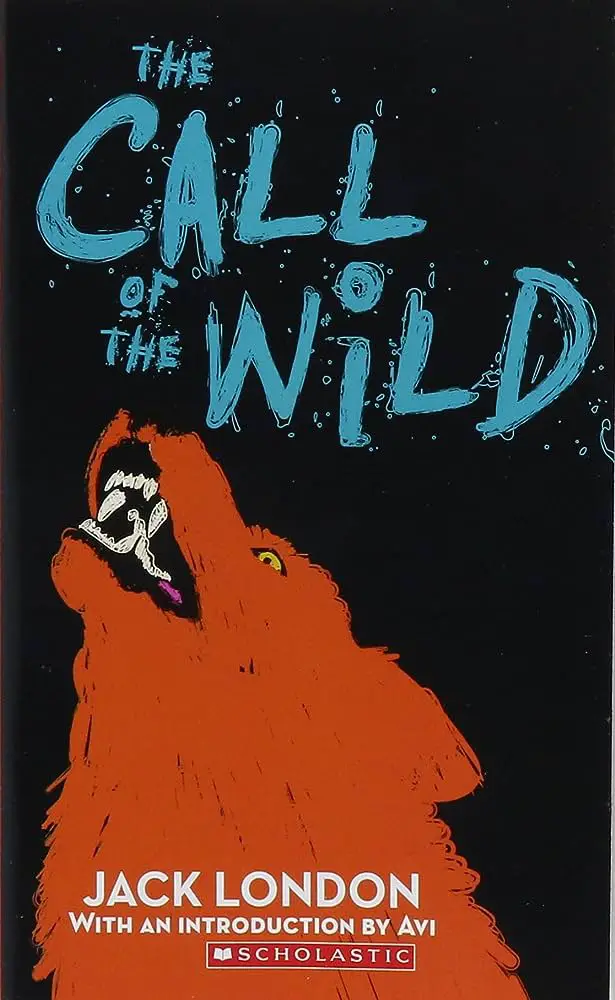 |
10. “The Secret Garden” by Frances Hodgson BurnettPublished: 1911 Mary Lennox, a spoiled and orphaned girl, discovers a hidden, neglected garden on her uncle’s estate. As she tends to the garden, she begins to heal emotionally and forms new connections, with the garden itself mirroring the transformation of her own life and attitude. | 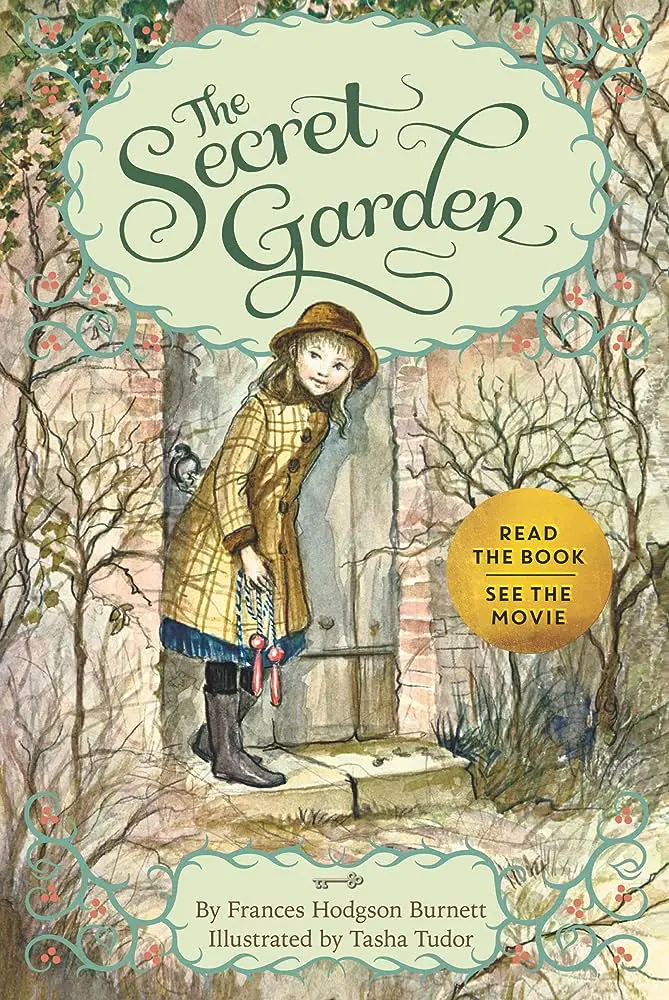 |
11. “Little House on the Prairie” series by Laura Ingalls WilderPublished: 1932-1943 Follow the pioneer life of Laura Ingalls Wilder as she grows up in a changing America. This series offers a window into the challenges, joys, and daily experiences of a family as they settle and adapt to life on the prairie during the 19th century. | 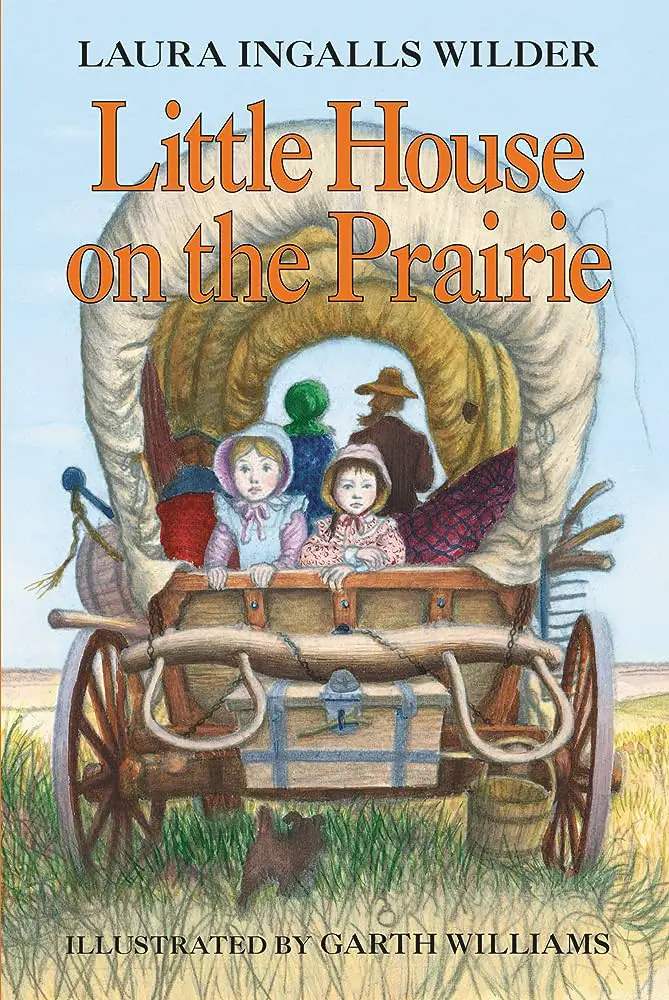 |
12. “Number the Stars” by Lois LowryPublished: 1989 Set during World War II in Nazi-occupied Denmark, the story follows Annemarie Johansen and her family as they help their Jewish friends escape the Nazis. The novel explores themes of bravery, resistance, and the importance of standing up against injustice. | 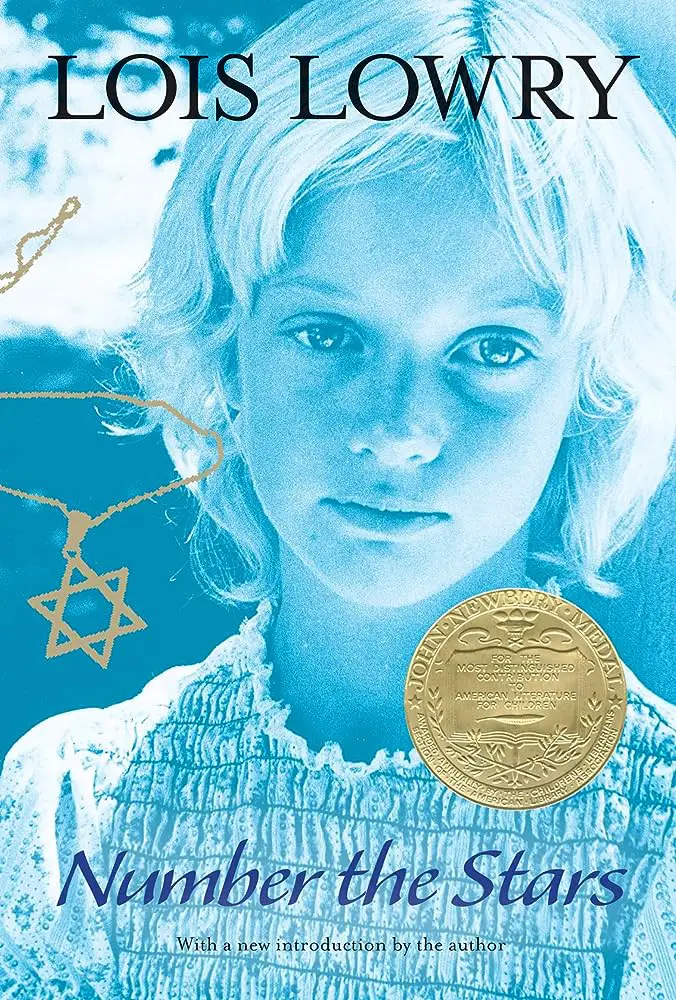 |
13. “The Witch of Blackbird Pond” by Elizabeth George SpearePublished: 1958 Kit Tyler, a young woman from Barbados, faces challenges and prejudice in the Puritan community of Connecticut in the late 17th century. Accused of witchcraft, Kit forms an unlikely friendship and finds strength in her own convictions. | 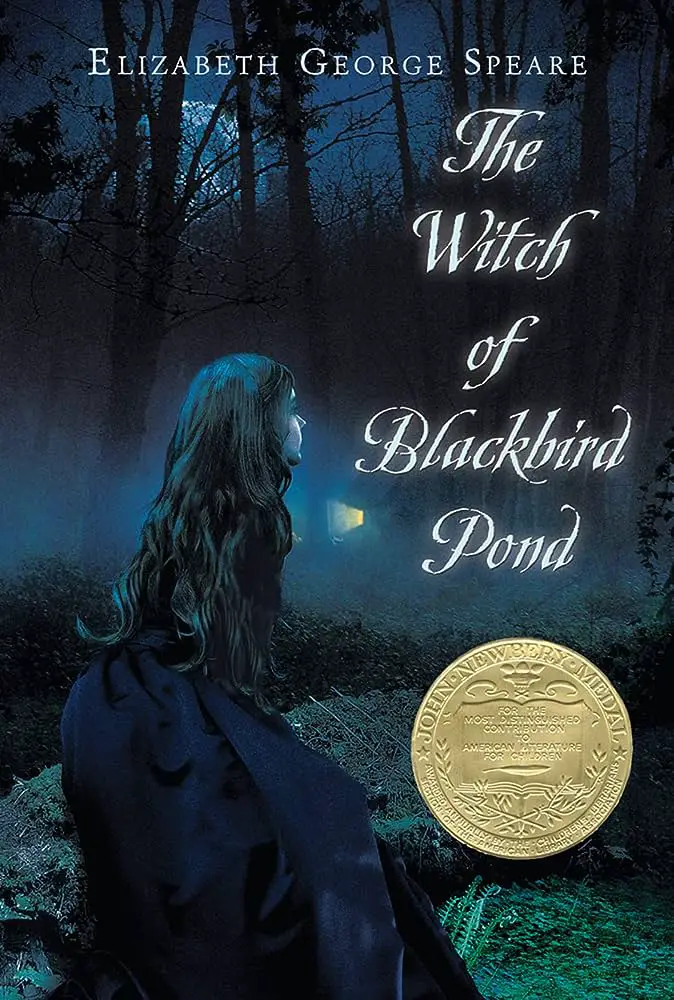 |
14. “Johnny Tremain” by Esther ForbesPublished: 1943 Set during the American Revolution, the novel follows Johnny Tremain, a young silversmith’s apprentice, as he becomes involved in the struggle for independence. The story explores loyalty, freedom, and the personal growth of its characters against the backdrop of historic events. | 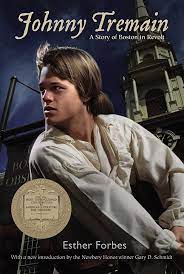 |
15. “The Giver” by Lois LowryPublished: 1993 In a seemingly perfect dystopian society, a young boy named Jonas is chosen to receive the memories of the past from the Giver. As he learns about both the joys and pain of the world, he questions the cost of a society that suppresses individuality and emotions. |  |
16. “Roll of Thunder, Hear My Cry” by Mildred D. TaylorPublished: 1976 The Logan family, African American farmers, face racism and injustice in Mississippi during the Great Depression. The novel explores themes of family, prejudice, and the importance of standing up against inequality. | 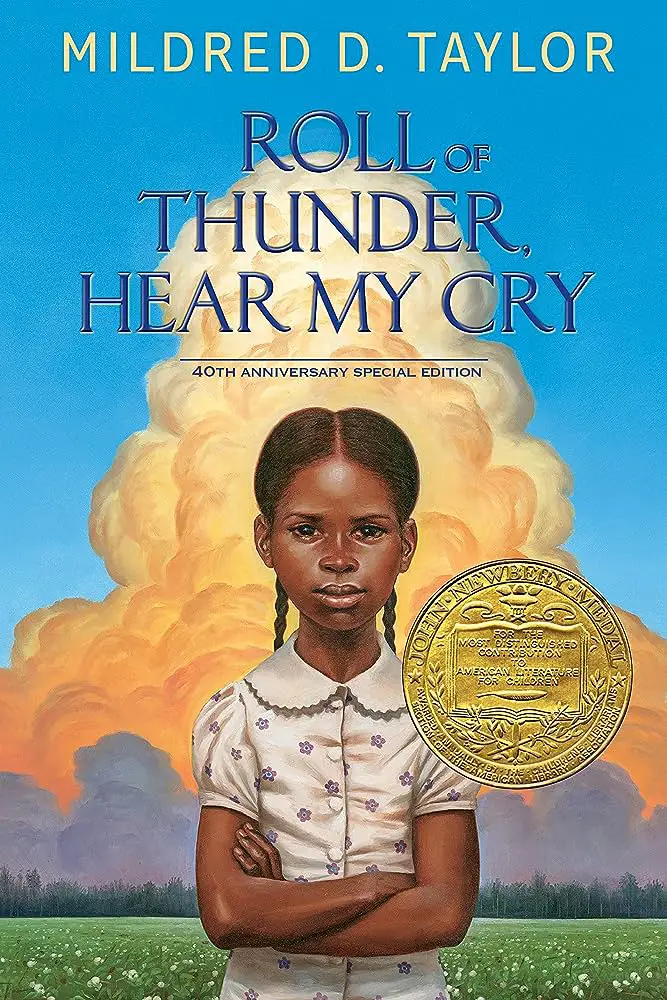 |
17. “Island of the Blue Dolphins” by Scott O’DellPublished: 1960 Based on a true story, this novel follows Karana, a Native American girl who is left stranded on an island for years after her tribe’s departure. She must rely on her resourcefulness and courage to survive in solitude while learning to adapt to her environment. | 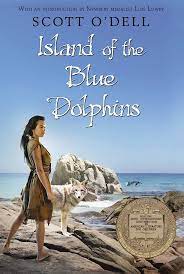 |
18. “The Bronze Bow” by Elizabeth George SpearePublished: 1961 Set in Judea during the time of Jesus, the novel follows Daniel, a Jewish young man, as he joins a group of rebels against Roman rule. Through his experiences, he learns about forgiveness, leadership, and the impact of compassion. | 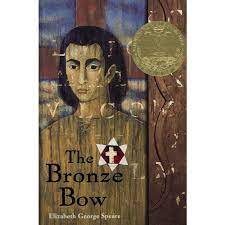 |
19. “The Diary of a Young Girl” by Anne FrankPublished: 1947 Anne Frank’s diary documents her life in hiding during the Holocaust. The diary offers poignant insights into the experiences, emotions, and thoughts of a young Jewish girl who hoped for a better world amid the atrocities of World War II. | 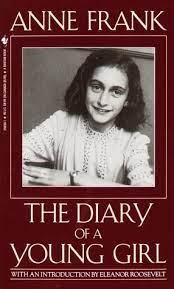 |
20. “Bud, Not Buddy” by Christopher Paul CurtisPublished: 1999 Set during the Great Depression, the novel follows Bud Caldwell, a 10-year-old boy on a journey to find his father. Bud’s humorous and resilient spirit shines as he navigates challenges and finds connections with people. | 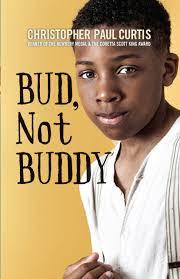 |
21. “The Hardy Boys” series by Franklin W. DixonPublished: 1927 Follow the adventures of Frank and Joe Hardy, teenage brothers and amateur detectives, as they solve mysteries, uncover secrets, and outsmart criminals in their town. | 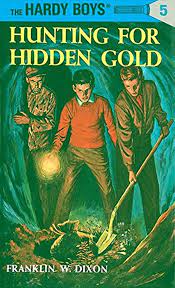 |
22. “Nancy Drew” series by Carolyn KeenePublished: 1930 Join Nancy Drew, an intelligent and resourceful young sleuth, as she solves mysteries ranging from stolen jewels to missing persons, all while using her keen observation and quick thinking. | 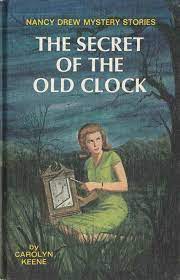 |
23. “The Westing Game” by Ellen RaskinPublished: 1978 Sixteen heirs are invited to the reading of Samuel W. Westing’s will, where they must solve a complex puzzle to inherit his fortune. The novel weaves intricate plots and engaging characters in a compelling mystery. | 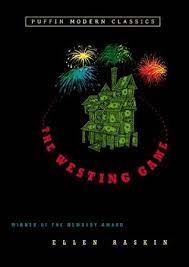 |
24. “The Secret Series” by Enid BlytonPublished: 1934 A group of children stumbles upon a series of thrilling adventures as they solve mysteries, uncover hidden passages, and foil the plans of villains in their quest for truth. | 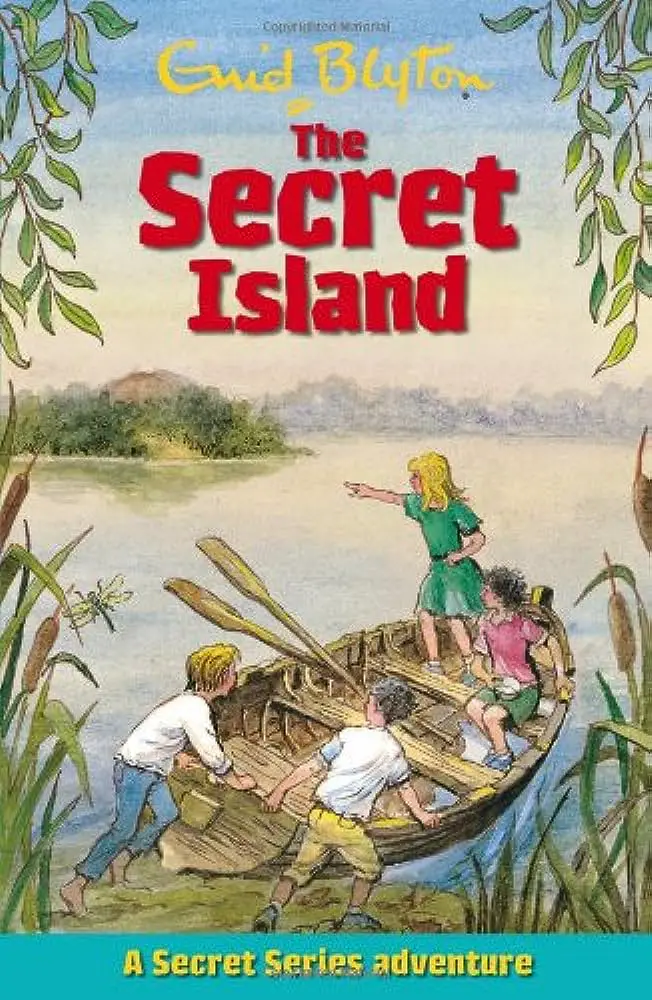 |
25. “From the Mixed-Up Files of Mrs. Basil E. Frankweiler” by E.L. KonigsburgPublished: 1967 Two siblings, Claudia and Jamie, run away to live in the Metropolitan Museum of Art and uncover a mystery related to a statue of an angel. The novel combines art, adventure, and self-discovery. | 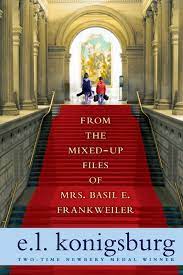 |
26. “Holes” by Louis SacharPublished: 1998 Stanley Yelnats is sent to a juvenile detention center where he and other boys are forced to dig holes every day. As he uncovers the history of the camp and his family, he discovers interconnected stories of justice and redemption. | 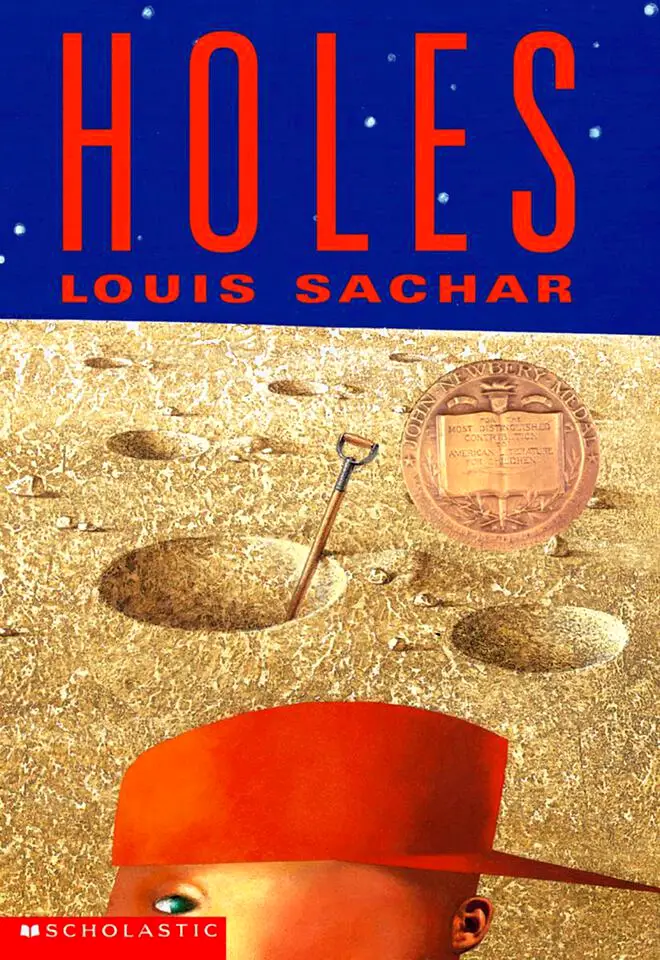 |
27. “The Mysterious Benedict Society” by Trenton Lee StewartPublished: 2007 Four gifted children are recruited to infiltrate a secretive institution where an evil genius plans to control minds. With their unique skills, they embark on a dangerous mission to save the world. | 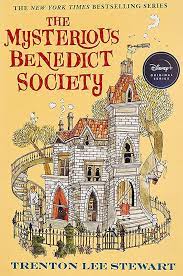 |
28. “The Phantom Tollbooth” by Norton JusterPublished: 1961 Milo, a bored and disinterested boy, embarks on a fantastical journey through a magical land filled with wordplay, puns, and allegorical characters. This whimsical adventure teaches him the value of learning and imagination. | 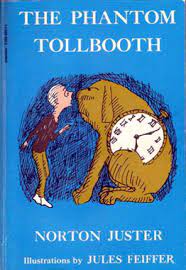 |
29. “Escape from Mr. Lemoncello’s Library” by Chris GrabensteinPublished: 2013 Twelve children are locked in a high-tech library designed by the eccentric Mr. Lemoncello. They must solve puzzles and riddles to escape, leading them on a fast-paced and clever literary adventure. | 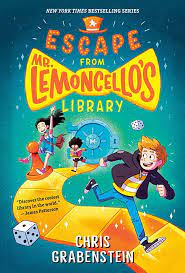 |
30. “To Kill a Mockingbird” by Harper LeePublished: 1960 Set in the American South during the 1930s, the novel follows Scout Finch as she observes her father’s defense of a black man accused of raping a white woman. The story addresses themes of racial prejudice, empathy, and justice. | 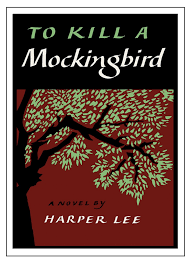 |
31. “The Outsiders” by S.E. HintonPublished: 1967 Ponyboy Curtis navigates the challenges of being a “Greaser” in a divided town, where rival gangs clash. The novel explores themes of friendship, class differences, and the search for identity. | 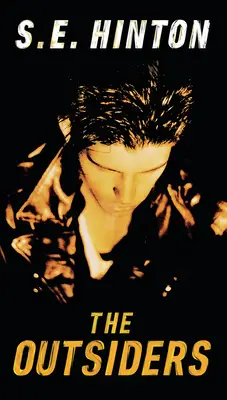 |
32. “Charlotte’s Web” by E.B. WhitePublished: 1952 A pig named Wilbur and his clever spider friend Charlotte form an unlikely bond. Charlotte spins words into her web to save Wilbur from being slaughtered, teaching valuable lessons about friendship and mortality. | 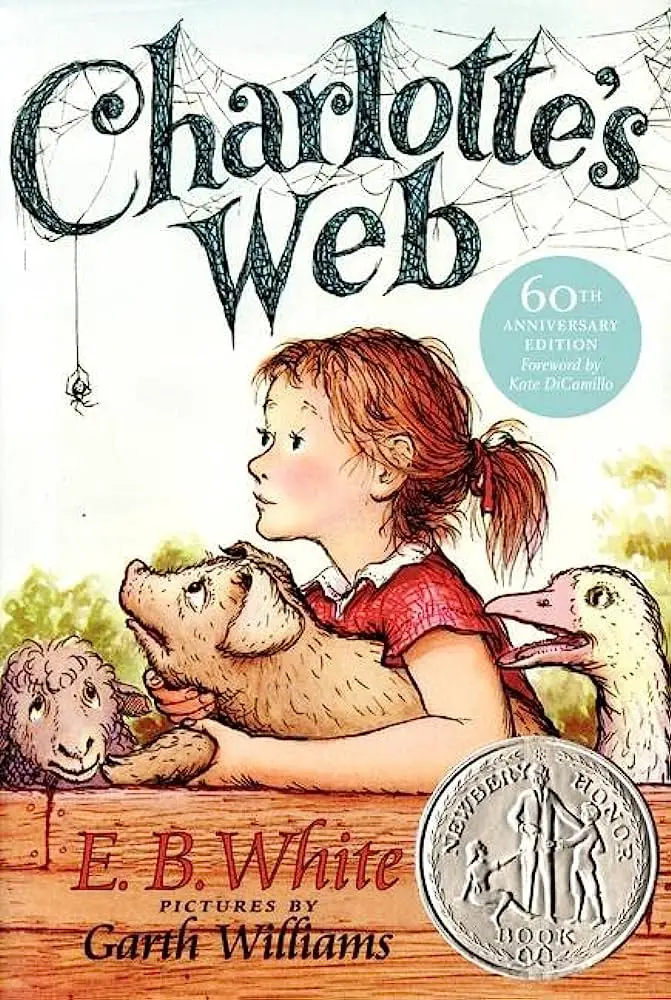 |
33. “Anne of Green Gables” by L.M. MontgomeryPublished: 1908 Orphaned Anne Shirley arrives at Green Gables and charms her way into the hearts of the elderly Cuthbert siblings. The novel follows Anne’s adventures as she grows up on Prince Edward Island, displaying her imagination, spirit, and kindness. | 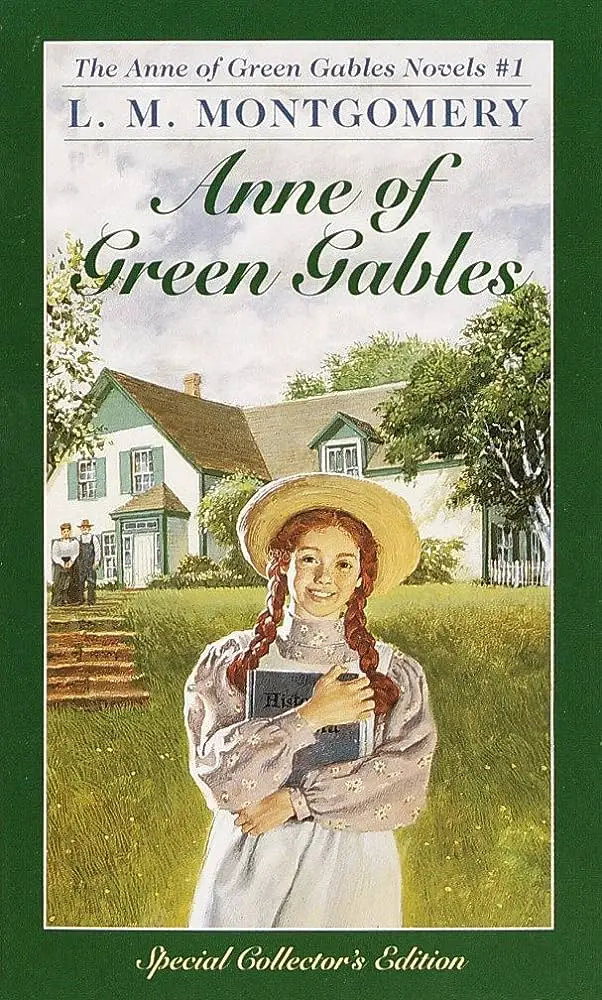 |
34. “A Wrinkle in Time” by Madeleine L’EnglePublished: 1962 Meg Murry, her brother Charles Wallace, and their friend Calvin embark on a cosmic journey to rescue Meg’s father from the clutches of an evil force. The novel combines science fiction and fantasy to explore themes of love, courage, and the battle between good and evil. | 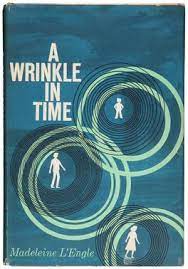 |
35. “The Adventures of Tom Sawyer” by Mark TwainPublished: 1876 Follow the escapades of Tom Sawyer as he navigates the challenges and joys of boyhood in a Mississippi River town. The novel captures the spirit of adventure and the complexities of growing up in the 19th century. | 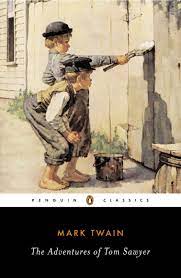 |
36. “The Great Gatsby” by F. Scott FitzgeraldPublished: 1925 Set in the 1920s, the novel explores the extravagant lifestyle and moral decay of the Jazz Age through the enigmatic Jay Gatsby’s obsession with the beautiful Daisy Buchanan. | 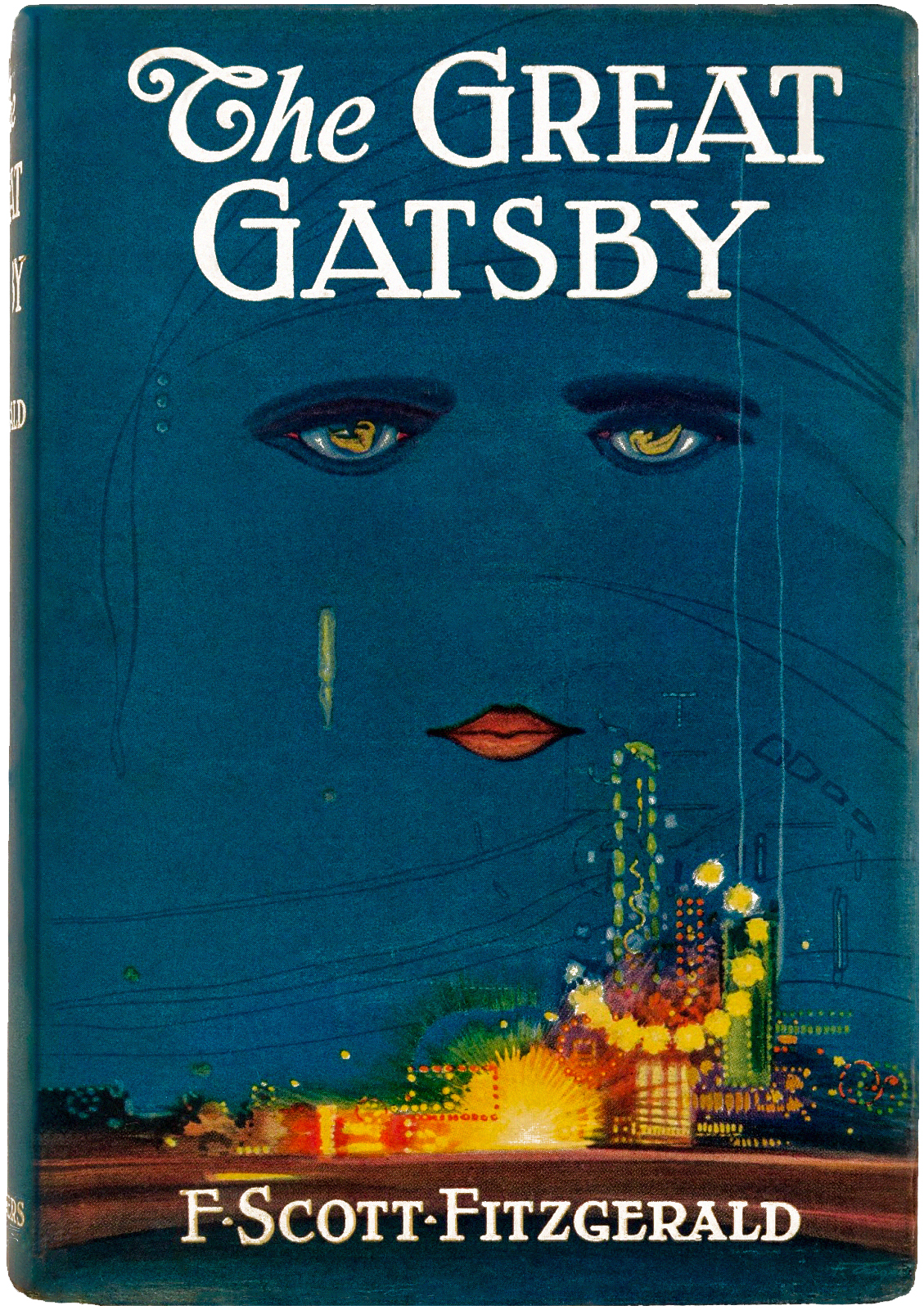 |
37. “The Little Prince” by Antoine de Saint-ExupéryPublished: 1943 A young prince from a distant asteroid travels through various planets, meeting unique inhabitants and learning valuable life lessons. The allegorical story addresses themes of friendship, love, and the nature of human relationships. | 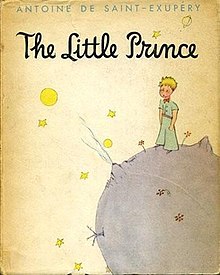 |
38. “Lord of the Flies” by William GoldingPublished: 1954 After a plane crash leaves a group of British schoolboys stranded on an uninhabited island, they form their own society, which descends into chaos and savagery. The novel explores the darkness of human nature and the fragility of civilization. |  |
39. “The Catcher in the Rye” by J.D. SalingerPublished: 1951 Holden Caulfield, a disenchanted teenager, recounts his experiences and encounters during a few days in New York City. The novel offers a candid exploration of alienation, teenage angst, and the search for authenticity. | 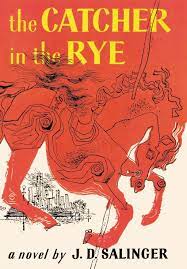 |
40. “Wonder” by R.J. PalacioPublished: 2012 Auggie Pullman, a boy with a facial difference, enters mainstream school for the first time in fifth grade. The novel follows Auggie’s journey to acceptance as he navigates friendship, empathy, and the challenges of being different in a judgmental world. | 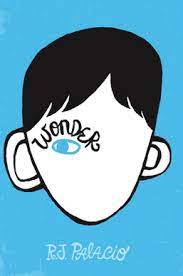 |
41. “Bridge to Terabithia” by Katherine PatersonPublished: 1977 Jesse Aarons forms a deep friendship with Leslie Burke, and together they create an imaginary world called Terabithia. This novel explores themes of friendship, imagination, and the complexities of growing up. | 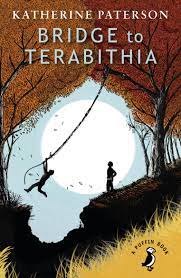 |
42. “Maniac Magee” by Jerry SpinelliPublished: 1990 Jeffrey Lionel Magee, known as “Maniac,” becomes a legend in his town as he crosses racial boundaries, challenges prejudices, and brings people together with his kindness and athleticism. | 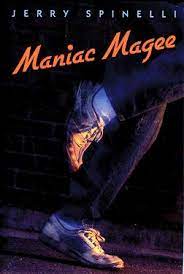 |
43. “Because of Winn-Dixie” by Kate DiCamilloPublished: 2000 Ten-year-old Opal adopts a stray dog named Winn-Dixie, and the dog helps her make new friends and heal from past wounds. The novel explores themes of friendship, forgiveness, and the impact of companionship. | 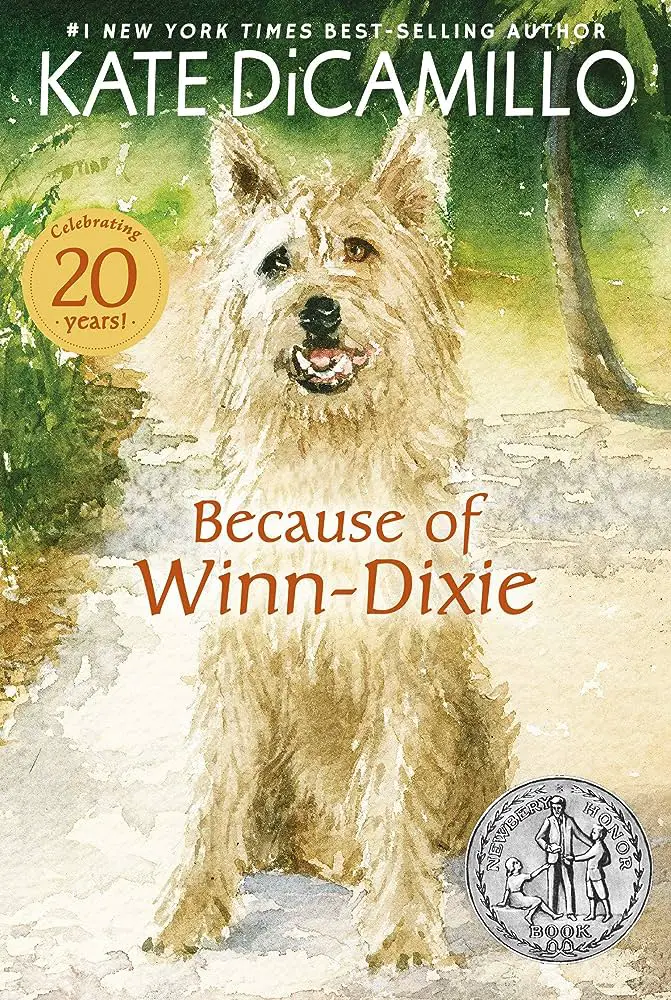 |
44. “Stargirl” by Jerry SpinelliPublished: 2000 Stargirl Caraway is an eccentric and unique girl who challenges the norms of her high school. Her influence on her peers leads to both admiration and conflict, as the story delves into themes of individuality and acceptance. | 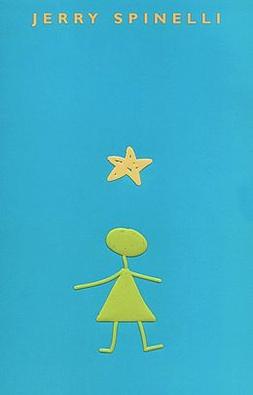 |
45. “The One and Only Ivan” by Katherine ApplegatePublished: 2012 Ivan, a silverback gorilla living in captivity, narrates his life in a shopping mall with other animals. When a new arrival, a baby elephant named Ruby, sparks his determination to create a better life, Ivan must find the courage to change their circumstances. | 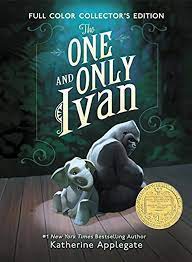 |
46. “The War That Saved My Life” by Kimberly Brubaker BradleyPublished: 2015 Ada, a young girl with a clubfoot, escapes her abusive mother and finds refuge in the English countryside during World War II. As she adapts to a new life and finds love and belonging, she discovers her own strength. | 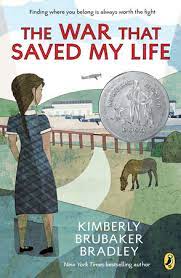 |
47. “Out of My Mind” by Sharon M. DraperPublished: 2010 Melody, a brilliant 11-year-old with cerebral palsy, cannot communicate verbally. The novel follows her journey to express herself, attend mainstream school, and prove her intelligence to those who underestimated her. | 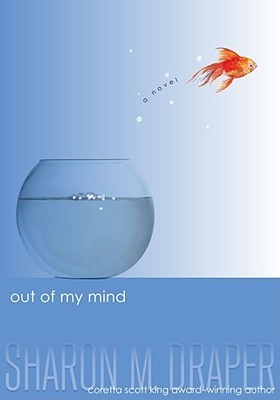 |
48. “The Tale of Despereaux” by Kate DiCamilloPublished: 2003 Despereaux Tilling, a small mouse with big ears and a bigger heart, embarks on a quest to rescue a princess and confronts a rat with dark intentions. The story weaves together themes of courage, love, and the power of storytelling. | 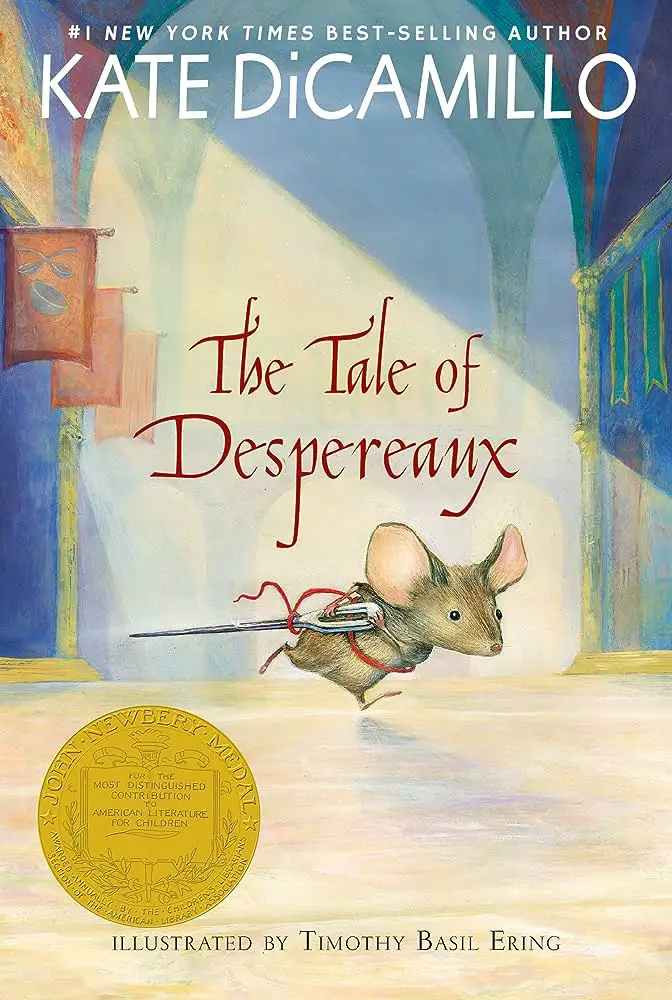 |
49. “The Watsons Go to Birmingham—1963” by Christopher Paul CurtisPublished: 1995 The Watson family embarks on a road trip from Michigan to Alabama during the height of the Civil Rights Movement. The novel addresses serious themes while incorporating humor and family dynamics. | 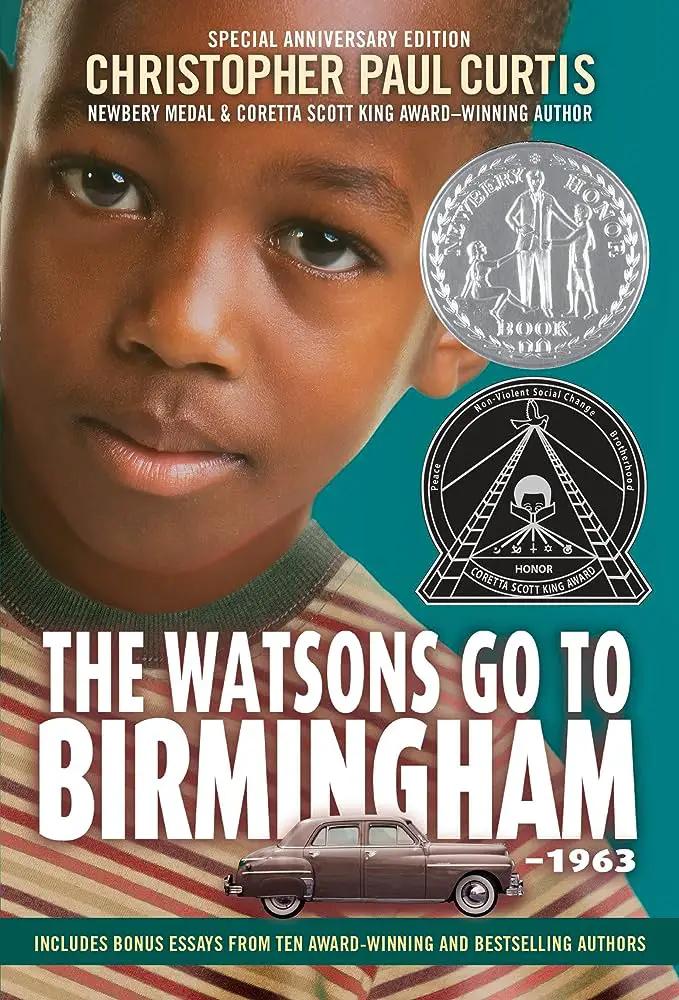 |
50. “The Golden Compass” by Philip PullmanPublished: 1995 In a parallel universe, Lyra Belacqua embarks on a journey to the Arctic to rescue kidnapped children and uncover a mysterious substance called Dust. The novel is known for its exploration of complex philosophical and ethical themes. | 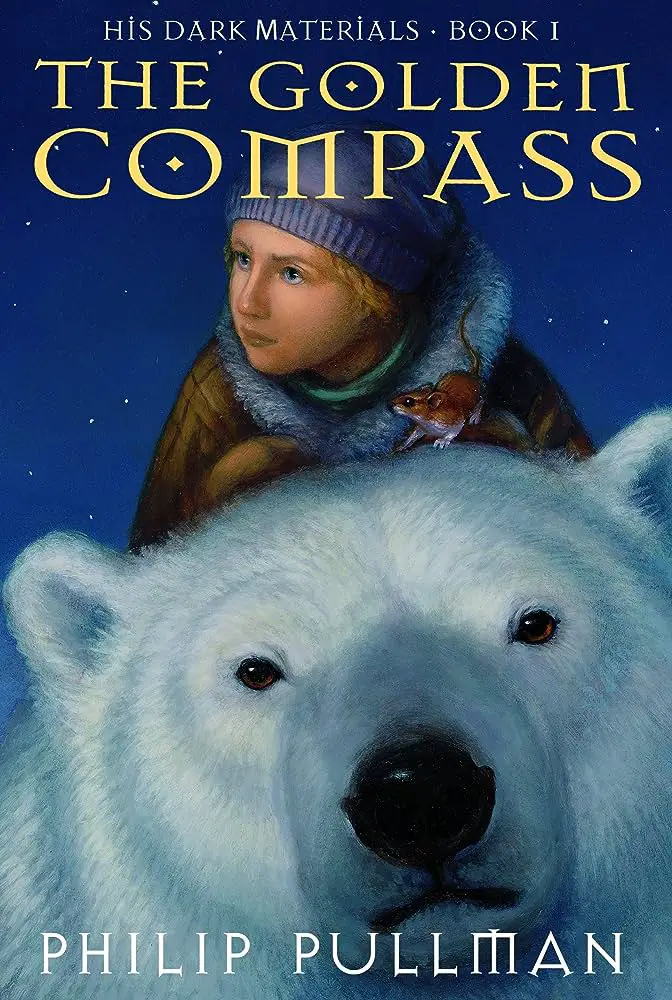 |
51. “Redwall” by Brian JacquesPublished: 1986 In the peaceful Redwall Abbey, a young mouse named Matthias must defend against the threat of Cluny the Scourge and his horde of vermin. The novel combines adventure, fantasy, and themes of courage and heroism. | 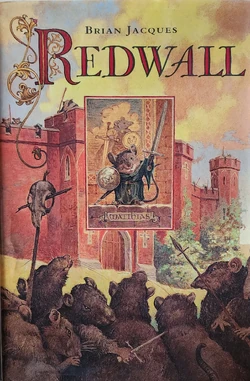 |
52. “The Thief Lord” by Cornelia FunkePublished: 2000 Brothers Prosper and Bo run away to Venice and join a group of child thieves led by the enigmatic Scipio, known as the Thief Lord. The novel blends mystery, adventure, and themes of family and loyalty. | 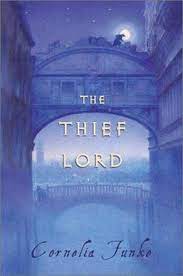 |
53. “The City of Ember” by Jeanne DuPrauPublished: 2003 Lina and Doon live in the underground city of Ember, where resources are dwindling. As they uncover the city’s secrets and search for a way to escape, they discover the truth about their world’s origins. | 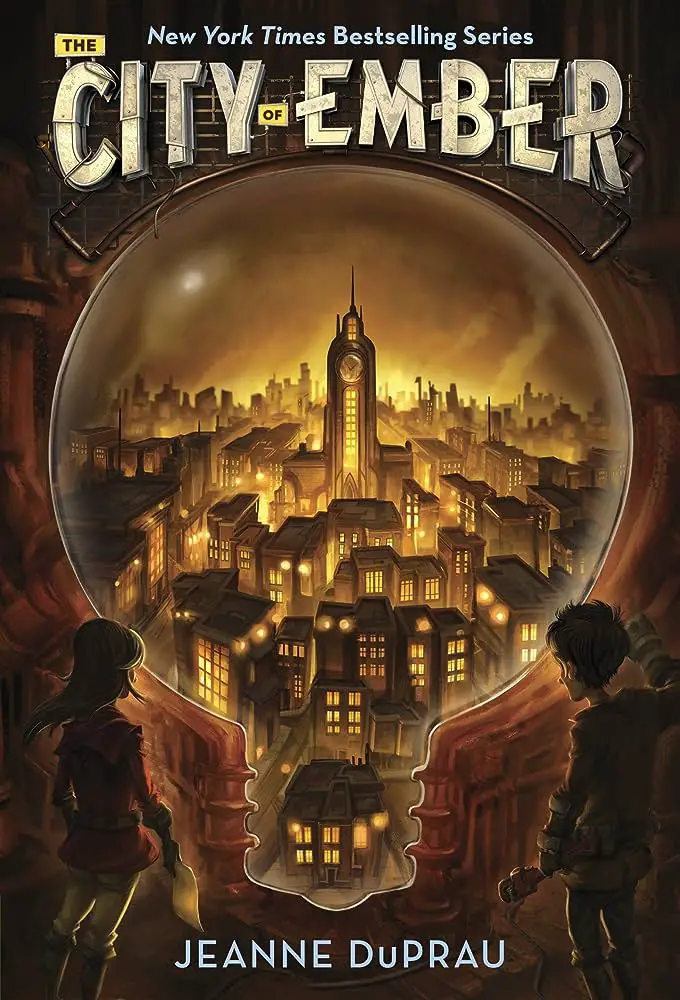 |
54. “The Lion, the Witch and the Wardrobe” by C.S. LewisPublished: 1950 Four siblings stumble into the magical land of Narnia through a wardrobe, where they must aid Aslan, the great lion, in his battle against the wicked White Witch. The novel combines adventure, allegory, and Christian symbolism. | 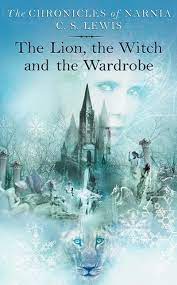 |
55. “The Phantom of the Opera” by Gaston LerouxPublished: 1910 Christine Daaé becomes a sensation at the Paris Opera House, where she is mentored by a mysterious figure known as the Phantom. The novel delves into themes of love, obsession, and the power of art. | 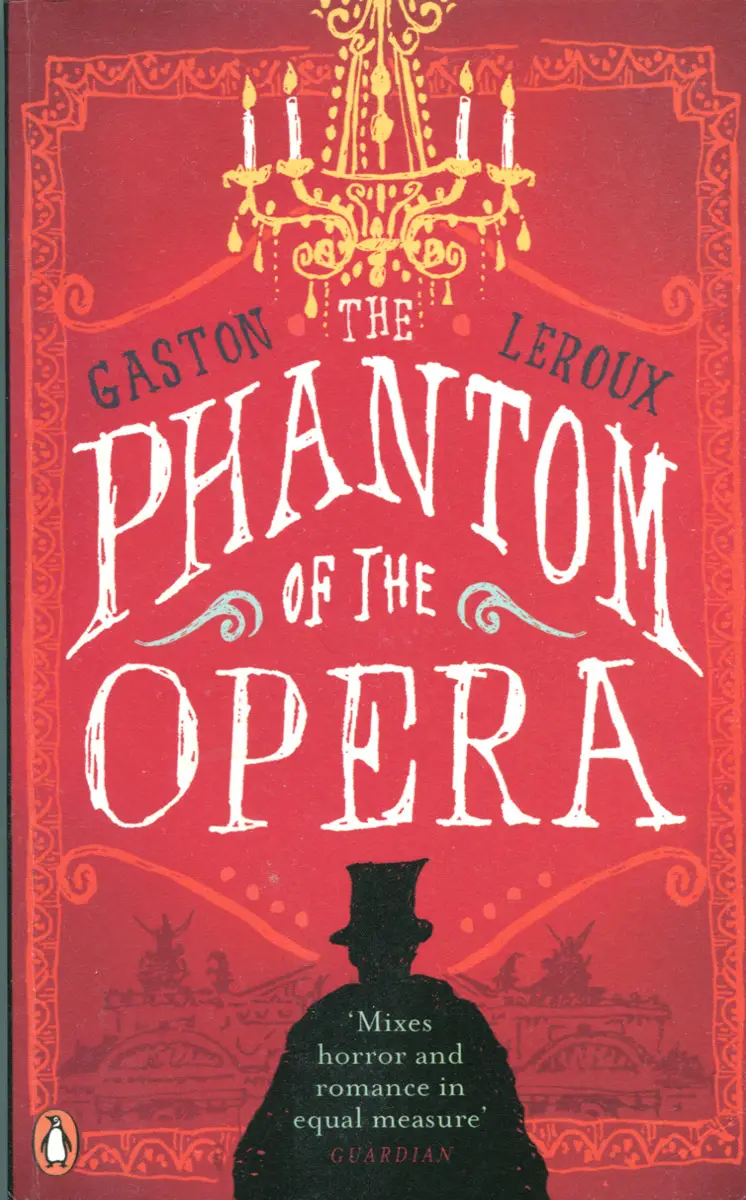 |
56. “The Princess Bride” by William GoldmanPublished: 1973 A fairy tale adventure unfolds as Westley and Buttercup navigate obstacles, true love, and swashbuckling foes. The novel seamlessly blends humor, romance, and fantasy. | 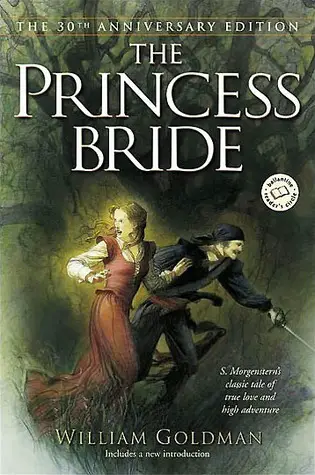 |
57. “The Neverending Story” by Michael EndePublished: 1979 Bastian Balthazar Bux discovers a magical book that draws him into the land of Fantastica, where he must complete a quest to save the realm. The novel explores the connections between imagination and reality. | 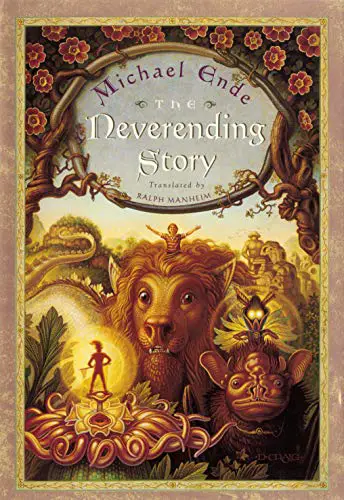 |
58. “Eragon” by Christopher PaoliniPublished: 2002 Farm boy Eragon discovers a dragon egg that leads him on a journey to become a Dragon Rider and challenge the oppressive rule of the empire. The novel is a tale of destiny, magic, and the bonds between humans and dragons. | 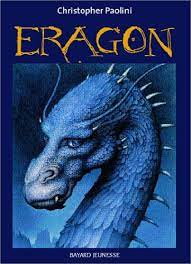 |
59. “The Secret of NIMH” by Robert C. O’BrienPublished: 1971 Mrs. Brisby, a field mouse, seeks help from the mysterious rats of NIMH to save her family’s home from destruction. The novel explores themes of courage, intelligence, and the consequences of human experiments on animals. | 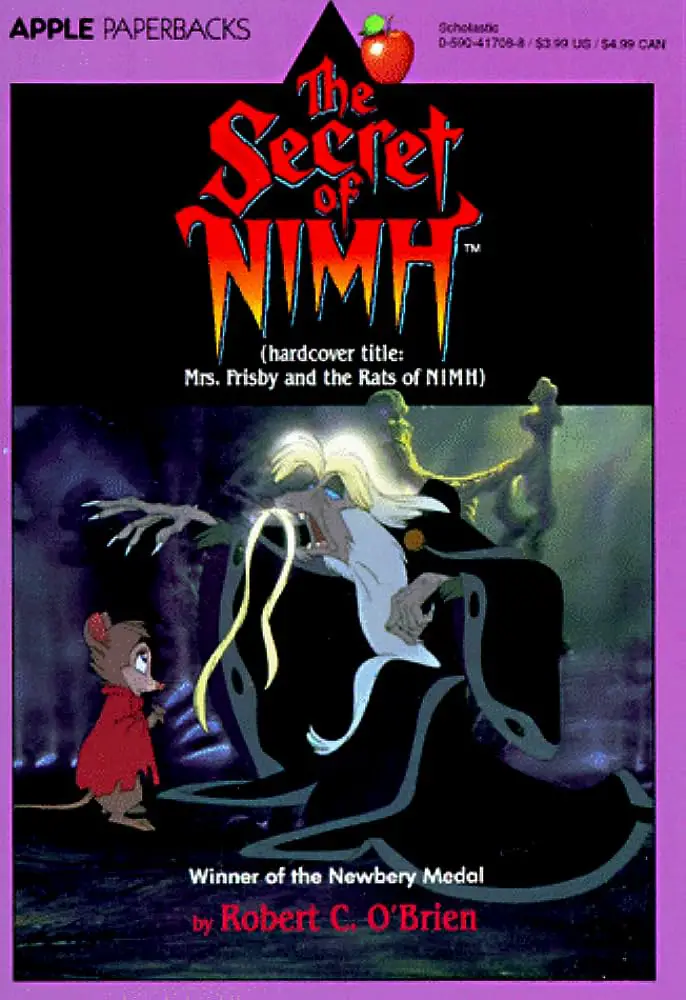 |
60. “The Midwife’s Apprentice” by Karen CushmanPublished: 1995 A nameless, homeless girl becomes the apprentice of a midwife and learns to navigate medieval England’s challenges. The novel portrays the girl’s growth, self-discovery, and journey toward finding her own identity. | 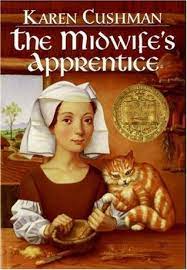 |
61. “Esperanza Rising” by Pam Muñoz RyanPublished: 2000 Esperanza Ortega’s life drastically changes when she and her mother must leave their privileged life in Mexico and start anew as farmworkers in California during the Great Depression. The novel explores themes of resilience, immigration, and family bonds. | 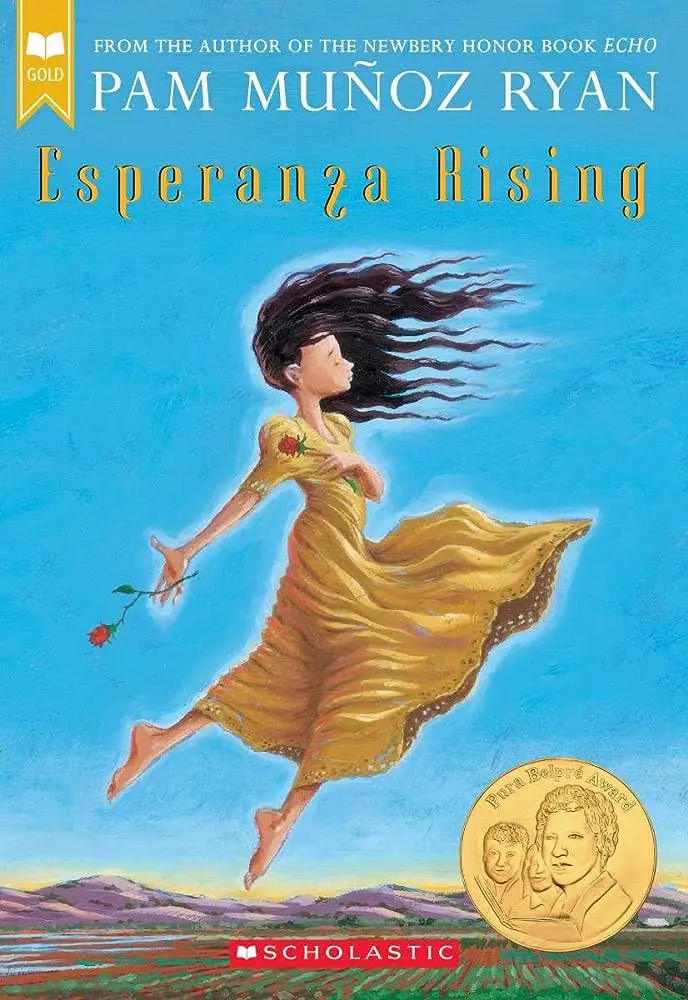 |
62. “Tuck Everlasting” by Natalie BabbittPublished: 1975 Ten-year-old Winnie Foster discovers the Tuck family’s secret: they are immortal due to a magical spring. As Winnie befriends them, she faces a moral dilemma and considers the implications of eternal life. |  |
63. “The War with Grandpa” by Robert Kimmel SmithPublished: 1984 When Peter’s grandfather moves into his room, a comical war ensues between the two. The novel humorously explores intergenerational relationships and the challenges of adjusting to change. | 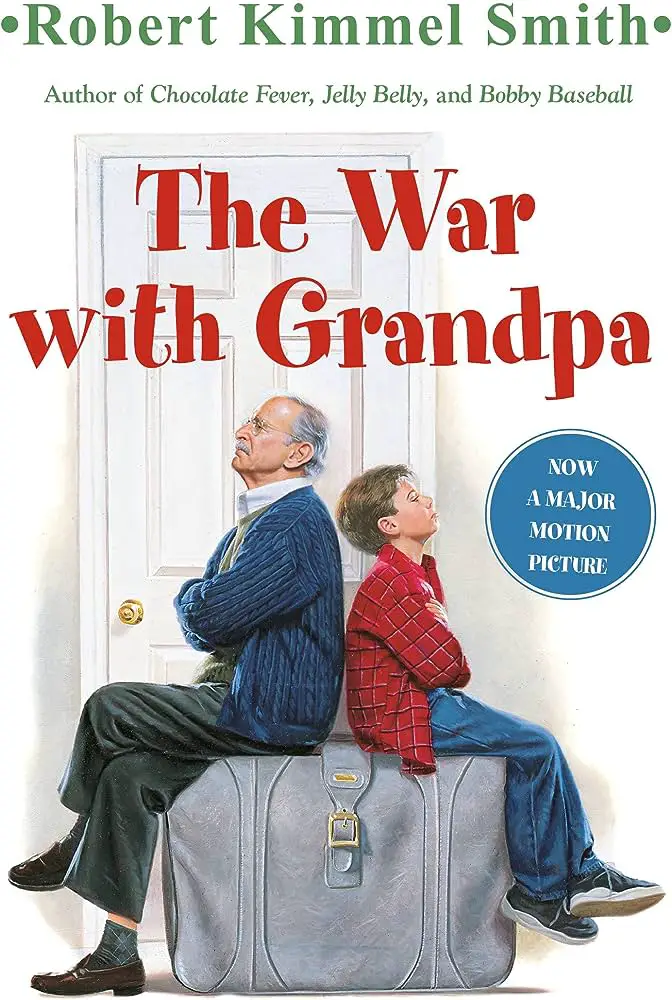 |
64. “A Single Shard” by Linda Sue ParkPublished: 2001 Tree-ear, an orphaned boy in 12th-century Korea, dreams of becoming a potter. His journey involves challenges, mentors, and a determination to prove his worth and artistic talent. | 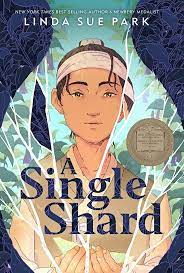 |
65. “The Evolution of Calpurnia Tate” by Jacqueline KellyPublished: 2009 Calpurnia Tate, a young girl in Texas in the late 1800s, develops a fascination for science and nature, defying the traditional roles for girls. The novel captures her growth, aspirations, and relationship with her grandfather. | 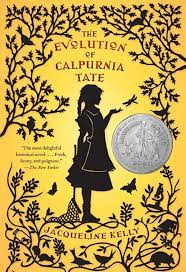 |
66. “Fever 1793” by Laurie Halse AndersonPublished: 2000 During the Yellow Fever epidemic in Philadelphia, 16-year-old Matilda Cook struggles to survive and care for her family. The novel portrays the challenges of the epidemic and the strength of the human spirit. | 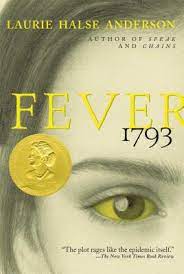 |
67. “The True Confessions of Charlotte Doyle” by AviPublished: 1990 Thirteen-year-old Charlotte Doyle voyages on a ship in the 19th century and becomes entangled in a web of intrigue, danger, and mystery. The novel addresses themes of independence, courage, and societal expectations. | 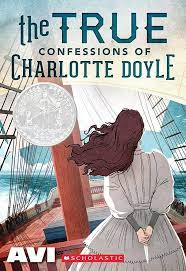 |
68. “The Boxcar Children” series by Gertrude Chandler WarnerPublished: 1924 Siblings Henry, Jessie, Violet, and Benny Alden solve mysteries and embark on adventures while living in an abandoned boxcar. The series has captivated young readers for generations. | 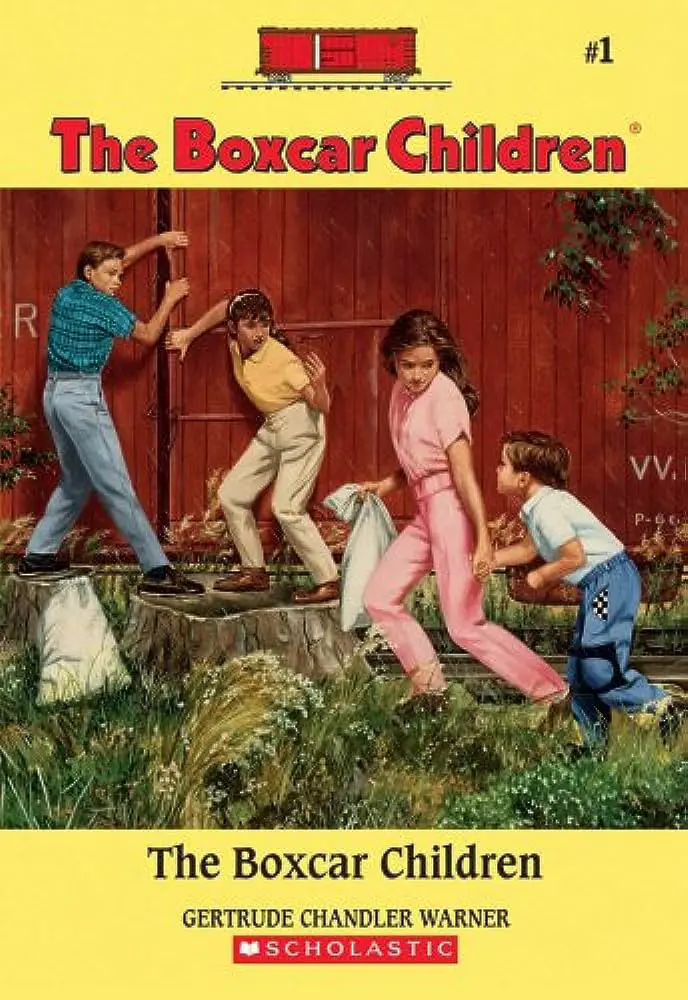 |
69. “Encyclopedia Brown” series by Donald J. SobolPublished: 1963 Leroy “Encyclopedia” Brown, a boy detective, solves mysteries with his impressive knowledge and keen observation skills. Each book features a collection of short stories where readers can attempt to solve the cases themselves. | 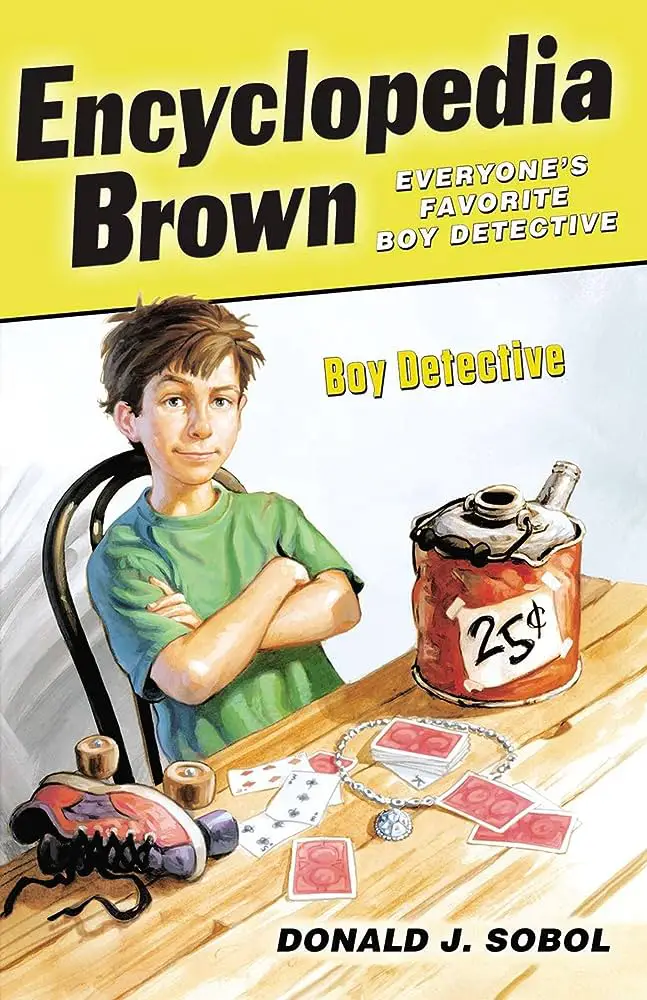 |
70. “The Mysterious Disappearance of Leon (I Mean Noel)” by Ellen RaskinPublished: 1971 In this whimsical mystery, Mrs. Leon Carillon vanishes under peculiar circumstances, and her granddaughter, Noel, sets out to uncover the truth. The novel combines wordplay, humor, and unexpected twists. |  |
71. “The House with Chicken Legs” by Sophie AndersonPublished: 2018 Marinka, a girl living in a house that has chicken legs and roams the land, yearns for a more traditional life. The novel explores themes of identity, destiny, and the balance between freedom and responsibility. | 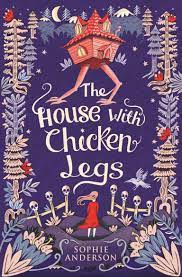 |
72. “The Incorrigible Children of Ashton Place” series by Maryrose WoodPublished: 2010 Governess Penelope Lumley tries to tame the wild behavior of three children raised by wolves. The series offers a blend of humor, mystery, and adventure with themes of family and belonging. | 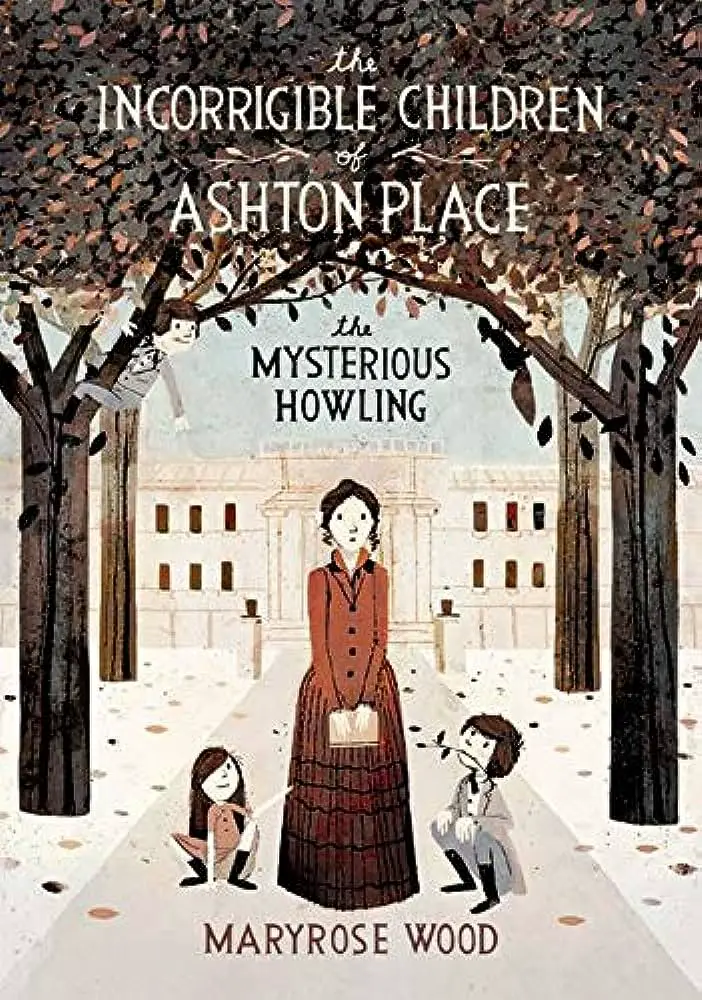 |
73. “The Puzzling World of Winston Breen” by Eric BerlinPublished: 2007 Puzzle enthusiast Winston Breen uncovers a mysterious treasure hunt in his small town, leading him and his friends on an exciting adventure. The novel incorporates puzzles for readers to solve along with the characters. | 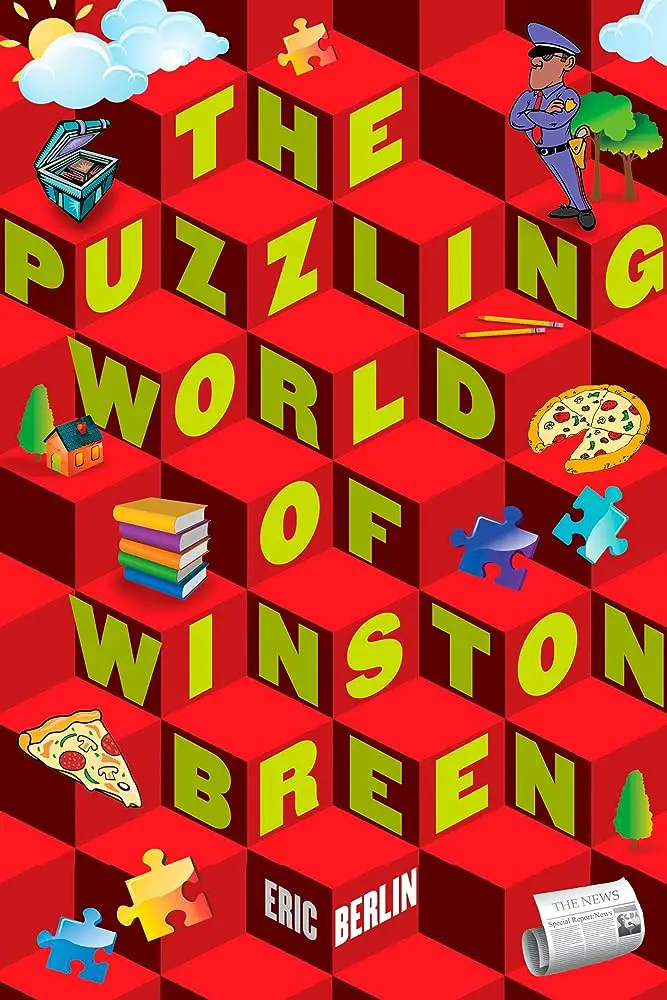 |
74. “The 39 Clues” seriesPublished: 2008 Siblings Amy and Dan Cahill embark on a global treasure hunt following a family tragedy. The series combines action, history, and puzzles, inviting readers to participate in solving the mysteries. | 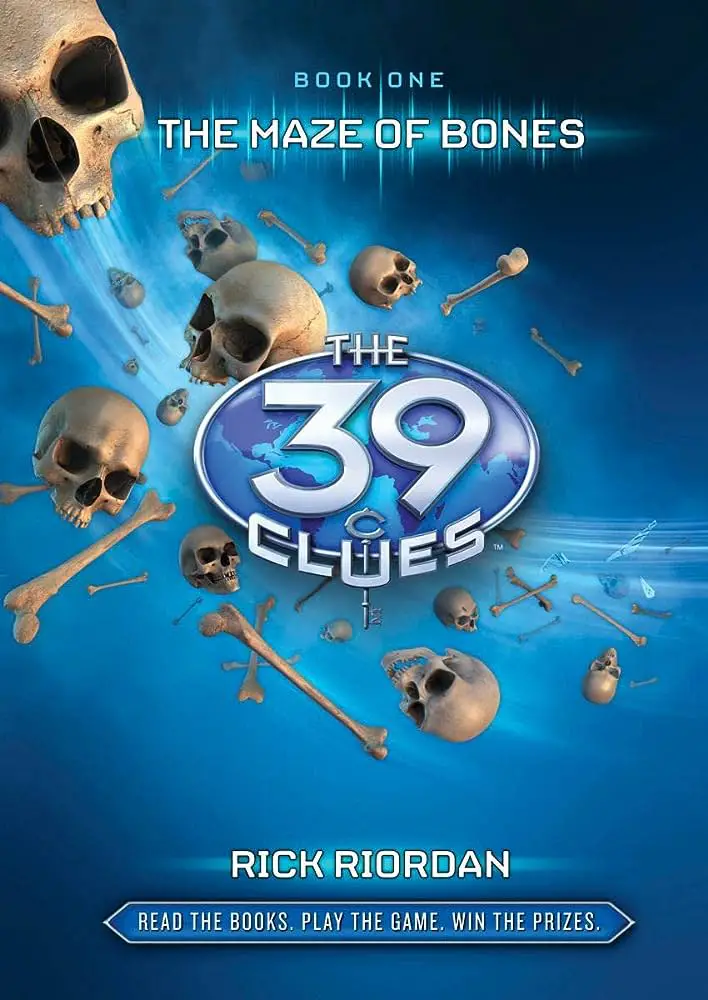 |
75. “Chasing Vermeer” by Blue BalliettPublished: 2004 When a famous painting is stolen, two friends, Petra and Calder, use their puzzle-solving skills to unravel the mystery and recover the artwork. The novel celebrates art, intuition, and critical thinking. | 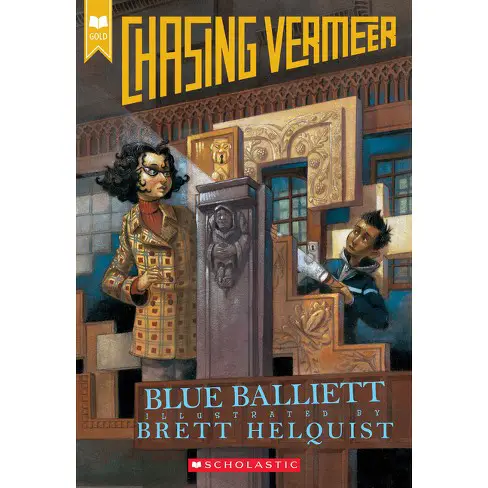 |
76. “Tales of a Fourth Grade Nothing” by Judy BlumePublished: 1972 Peter Hatcher faces the challenges of having an annoying younger brother, Fudge, in this humorous and relatable story that explores sibling dynamics and the ups and downs of family life. | 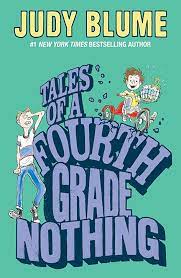 |
77. “The Indian in the Cupboard” by Lynne Reid BanksPublished: 1980 A magical cupboard brings toys to life, including a tiny Indian figure named Little Bear. As Omri, the young owner, learns the responsibilities of his power, the novel addresses themes of friendship and respect. | 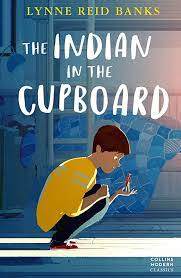 |
78. “The Sign of the Beaver” by Elizabeth George SpearePublished: 1983 Matt Hallowell, left to fend for himself in the wilderness, befriends a Native American boy and learns survival skills and valuable life lessons. The novel explores cross-cultural understanding and self-reliance. | 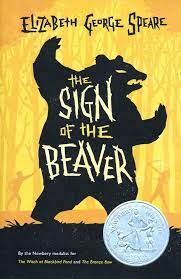 |
79. “Where the Red Fern Grows” by Wilson RawlsPublished: 1961 A boy named Billy Coleman works hard to achieve his dream of owning two coonhounds, Old Dan and Little Ann. Their adventures and bond shape Billy’s character and lead to a poignant and heartrending ending. | 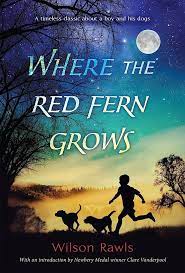 |
80. “My Side of the Mountain” by Jean Craighead GeorgePublished: 1959 Sam Gribley runs away from home to live in the wilderness and survive on his own. The novel depicts his resourcefulness, connection with nature, and personal growth as he faces challenges and makes a home in the wild. | 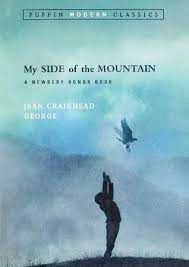 |
81. “Matilda” by Roald DahlPublished: 1988 Matilda Wormwood is a gifted girl with telekinetic powers who faces adversity from her neglectful parents and tyrannical headmistress, Miss Trunchbull. The novel celebrates the power of intelligence, kindness, and the love of books. | 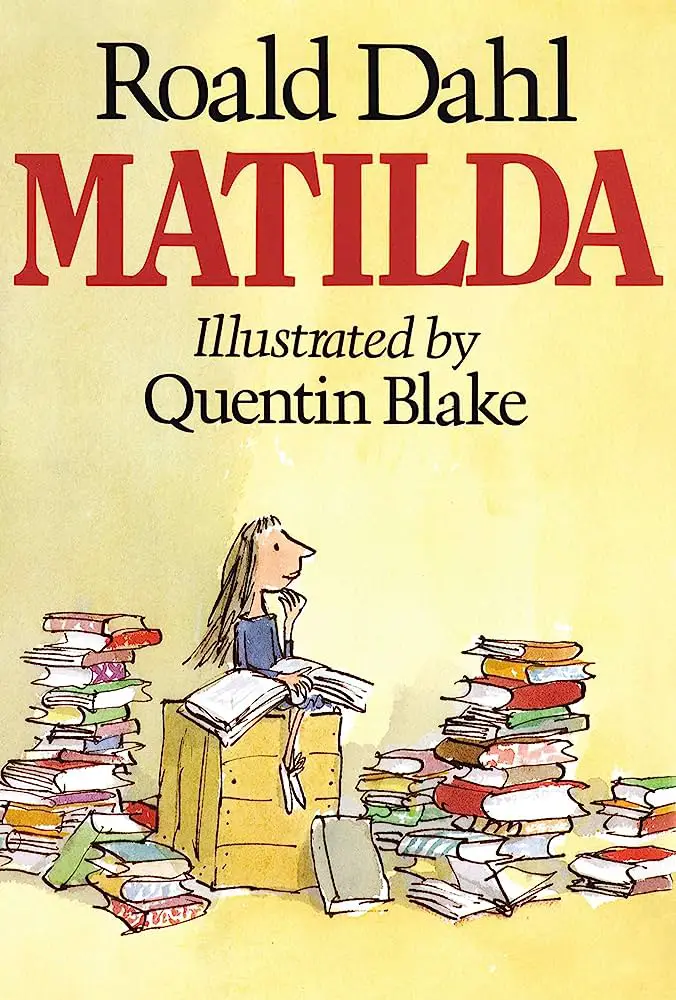 |
82. “Walk Two Moons” by Sharon CreechPublished: 1994 Salamanca Tree Hiddle embarks on a cross-country journey with her grandparents to find her mother, all the while recounting the story of her friend Phoebe’s mysterious disappearance. The novel explores themes of loss, friendship, and the complexities of growing up. | 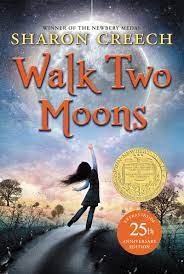 |
83. “Roller Girl” by Victoria JamiesonPublished: 2015 Twelve-year-old Astrid Vasquez signs up for roller derby camp, discovering a new passion and facing challenges as she navigates changes in her friendships and family dynamics. The graphic novel captures themes of perseverance, self-discovery, and determination. | 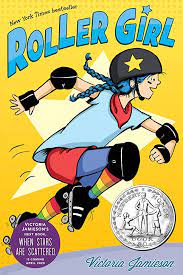 |
84. “Flora & Ulysses” by Kate DiCamilloPublished: 2013 Flora Belle Buckman rescues a squirrel, Ulysses, after he gains superpowers following a near-fatal vacuum cleaner incident. The novel explores themes of friendship, family, and the unexpected connections between humans and animals. | 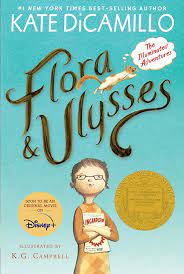 |
85. “One Crazy Summer” by Rita Williams-GarciaPublished: 2010 In 1968, three sisters travel to Oakland, California, to spend the summer with their estranged mother, who is involved in the Black Panther movement. The novel examines themes of family, identity, and social justice during a turbulent time. | 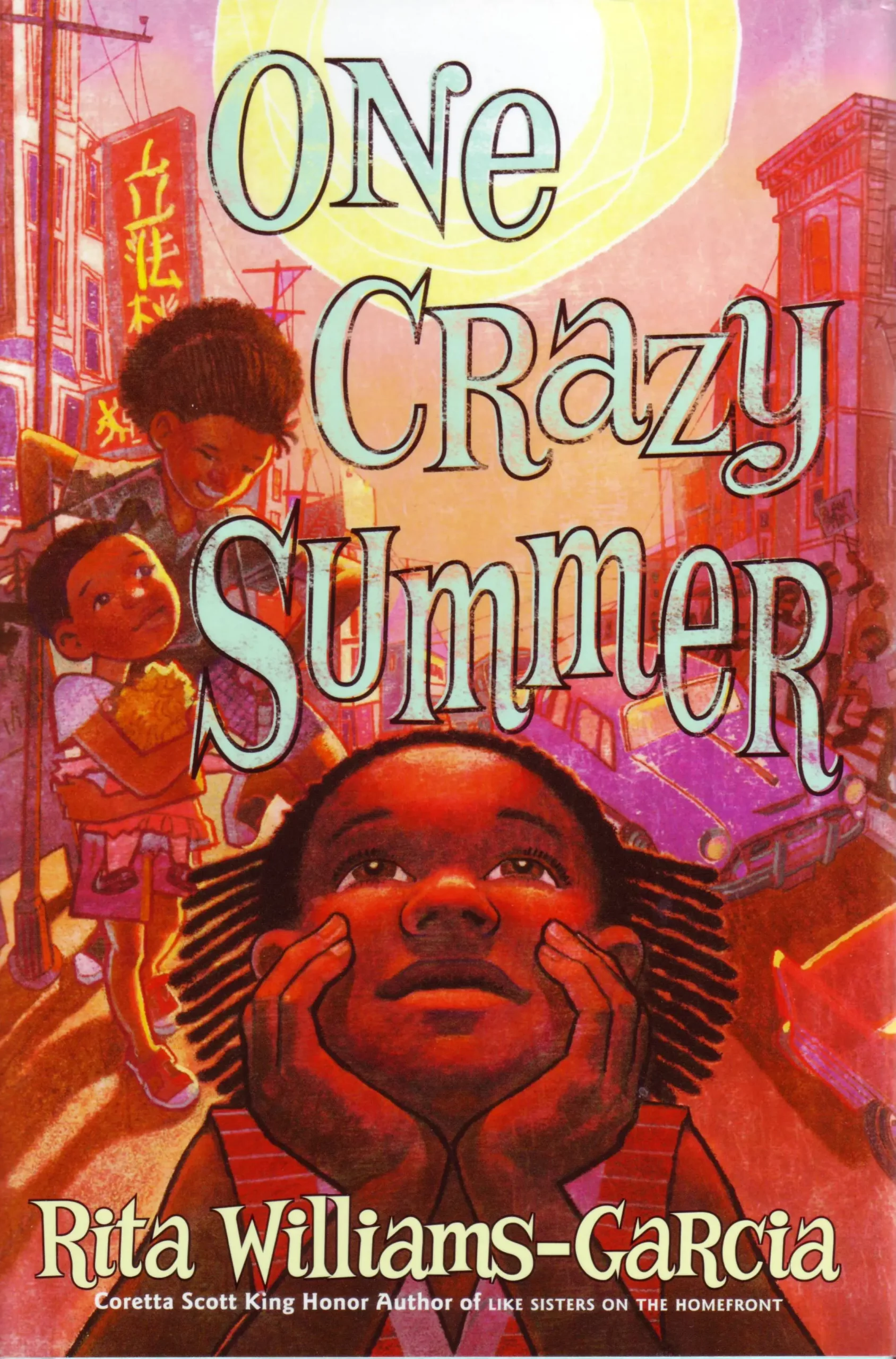 |
86. “Absolutely Normal Chaos” by Sharon CreechPublished: 1995 Thirteen-year-old Mary Lou Finney recounts her summer experiences in a journal, including her crushes, family dynamics, and involvement in a school play. The novel captures the humor and challenges of adolescence. | 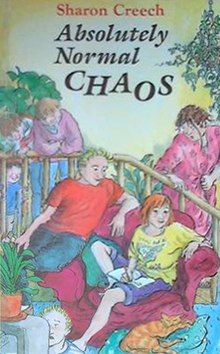 |
87. “The Crossover” by Kwame AlexanderPublished: 2014 Twelve-year-old twin brothers, Josh and Jordan, are basketball stars navigating sibling rivalry, friendship, and the challenges of their father’s health issues. Written in verse, the novel explores themes of sportsmanship, family, and personal growth. |  |
88. “Al Capone Does My Shirts” by Gennifer CholdenkoPublished: 2004 Moose Flanagan’s family moves to Alcatraz Island, where his father works as a prison guard. The novel follows Moose’s challenges, friendships, and encounters with the notorious inmate Al Capone. | 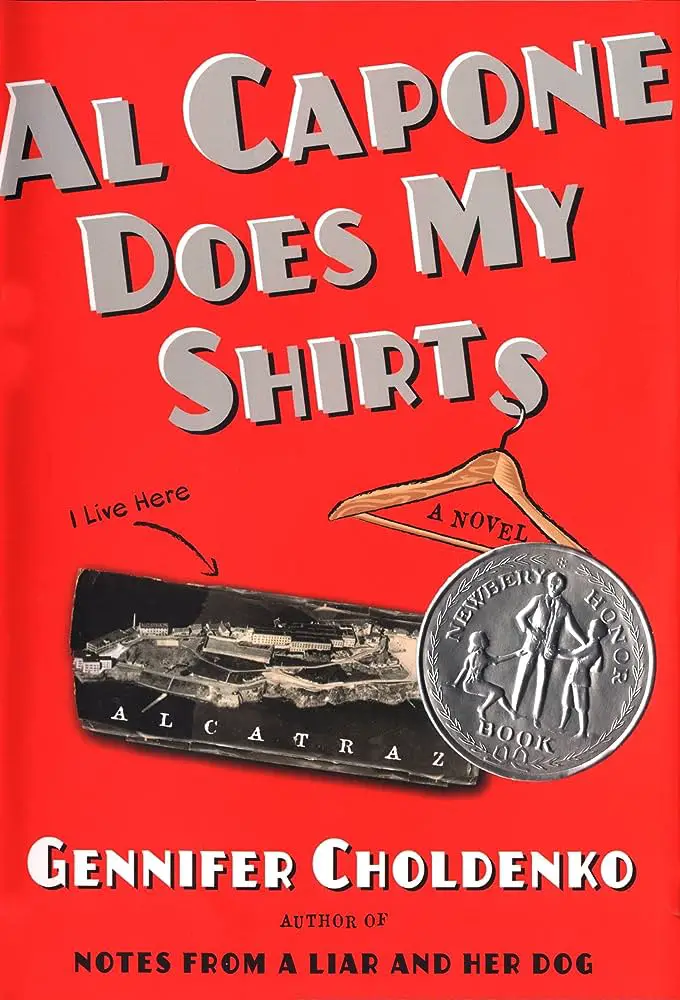 |
89. “Counting by 7s” by Holly Goldberg SloanPublished: 2013 Twelve-year-old Willow Chance, a genius with unique quirks, faces tragedy and finds unexpected connections with a diverse group of individuals. The novel touches on themes of resilience, community, and the power of human relationships. | 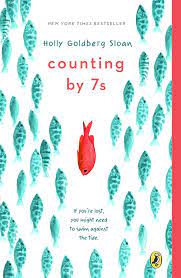 |
90. “The Miraculous Journey of Edward Tulane” by Kate DiCamilloPublished: 2006 Edward Tulane, a china rabbit, embarks on an epic journey through different owners’ lives, experiencing love, loss, and redemption. The novel explores themes of empathy, transformation, and the importance of connection. | 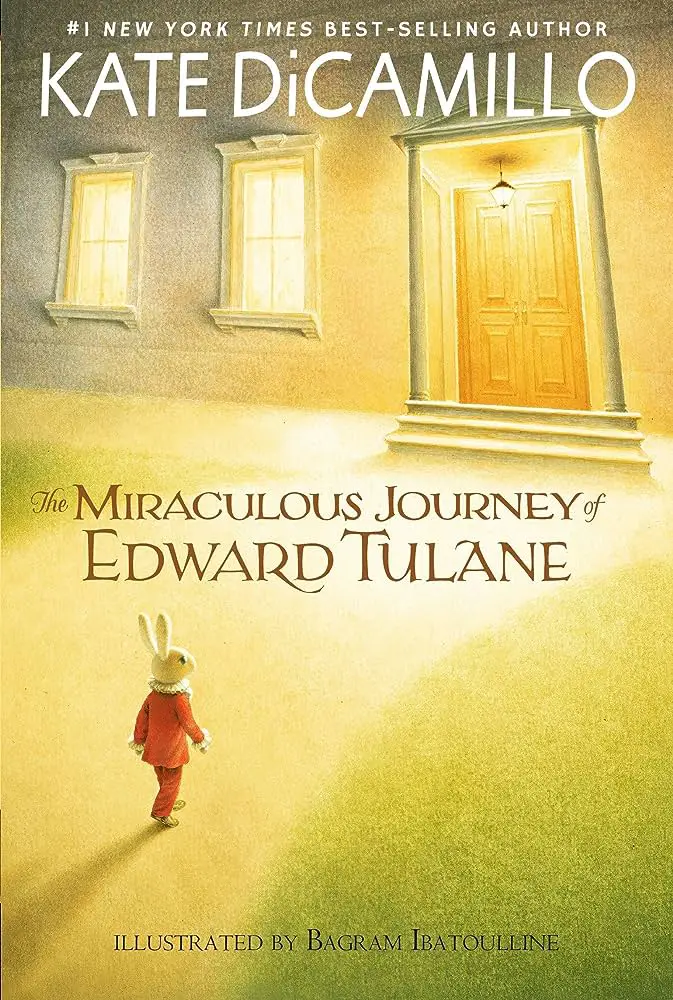 |
91. “Great Expectations” by Charles DickensPublished: 1861 “Great Expectations” follows the life of an orphan named Pip, tracing his journey from humble beginnings to the complexities of adulthood. The novel delves into themes of social class, ambition, love, and the transformative power of self-discovery. Set against the backdrop of Victorian England, Dickens weaves a captivating narrative that explores the human spirit’s resilience and the intricate connections between characters from different walks of life. | 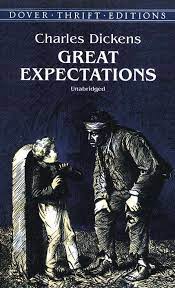 |
92. “Little Women” by Louisa May AlcottPublished: 1868-1869 The novel follows the lives of the four March sisters—Meg, Jo, Beth, and Amy—as they navigate the challenges of growing up, pursuing dreams, and finding love and happiness during the American Civil War. | 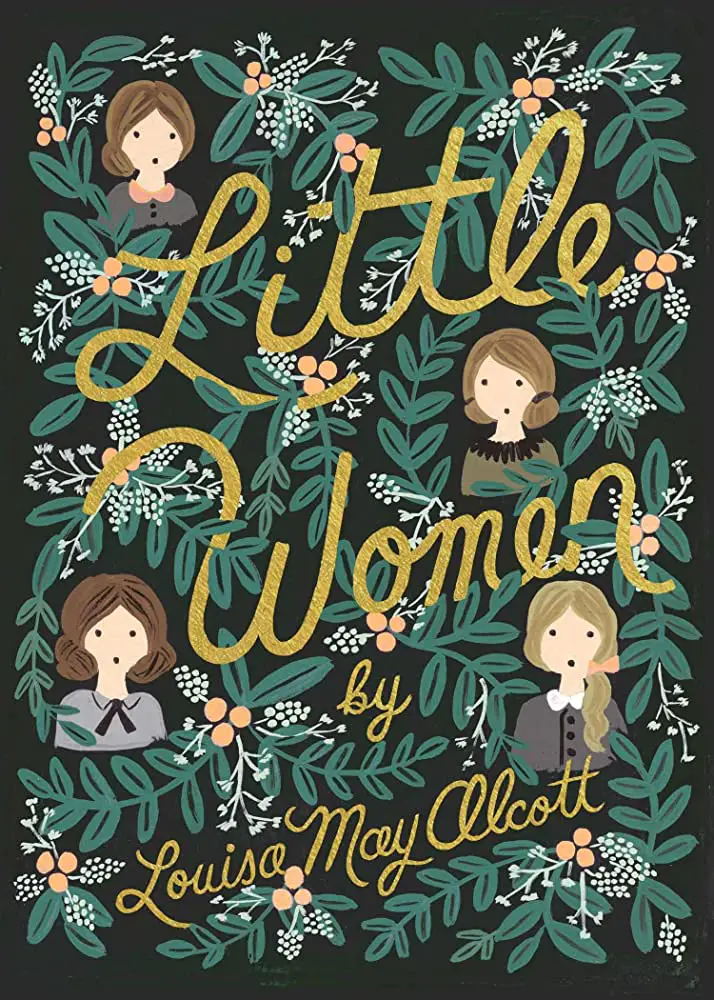 |
93. “Pride and Prejudice” by Jane AustenPublished: 1813 Elizabeth Bennet navigates societal expectations, misunderstandings, and her evolving feelings for the proud Mr. Darcy in this beloved classic that explores love, social class, and the power of self-awareness. |  |
94. “Frankenstein” by Mary ShelleyPublished: 1818 Dr. Victor Frankenstein creates a creature through scientific experimentation, but the consequences of his actions lead to tragedy and moral dilemmas. The novel delves into themes of creation, responsibility, and the consequences of playing god. |  |
95. “Sherlock Holmes” series by Arthur Conan DoylePublished: 1887-1927 This series follows the brilliant detective Sherlock Holmes and his loyal friend Dr. John Watson as they solve complex mysteries and untangle perplexing cases using deductive reasoning and keen observation. | 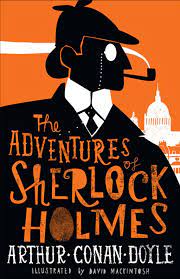 |
96. “The Picture of Dorian Gray” by Oscar WildePublished: 1890 Dorian Gray remains young and beautiful while a portrait of him ages and reflects his corrupt and immoral lifestyle. The novel delves into themes of vanity, morality, and the consequences of a life lived without accountability. | 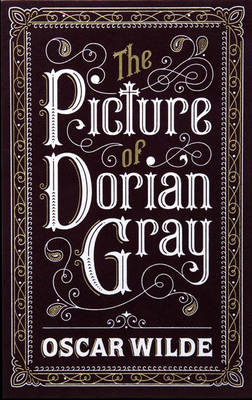 |
97. “Jane Eyre” by Charlotte BrontëPublished: 1847 The orphaned and mistreated Jane Eyre becomes a governess and falls in love with the enigmatic Mr. Rochester. The novel explores themes of social class, independence, and the pursuit of self-respect and love. |  |
98. “The Wonderful Wizard of Oz” by L. Frank BaumPublished: 1900 Dorothy Gale is whisked away to the land of Oz, where she embarks on a journey to meet the Wizard and return home. The novel has captivated readers with its fantastical adventures and themes of friendship, courage, and self-discovery. | 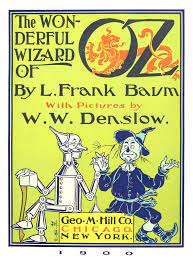 |
99. “Dracula” by Bram StokerPublished: 1897 The novel introduces Count Dracula, a vampire who seeks to spread his curse to England, and the group of characters who attempt to thwart his plans. The novel is a classic of gothic horror and explores themes of good versus evil. |  |
100. “Oliver Twist” by Charles DickensPublished: 1837-1839 Orphan Oliver Twist faces the hardships of the workhouse and the criminal underworld of London, where he encounters colorful characters and seeks a better life. The novel addresses social injustices, poverty, and the struggle for survival. | 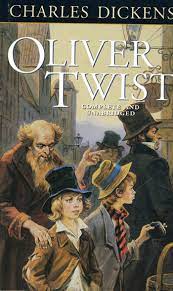 |
101. “The Adventures of Huckleberry Finn” by Mark TwainPublished: 1884 Huck Finn, a young boy, escapes his abusive father and embarks on a journey down the Mississippi River with Jim, a runaway slave. The novel explores themes of friendship, freedom, and the moral complexities of society during the antebellum era. | 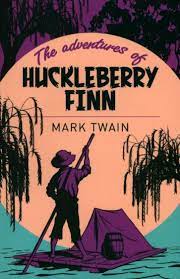 |
Useful Resources
- Enhancing Comprehension: Reading Skills in Middle School
- 10 Tips to Instill a Love of Reading in Students
- The Benefits of Reading for Fun
Conclusion
In the world of literature, the journey of middle schoolers is enriched by timeless tales. From fantastical realms to historical backdrops, these 101 classic books offer a treasure trove of lessons: courage, friendship, empathy, and discovery. As young minds explore these pages, they forge connections, ignite imaginations, and embark on transformative literary adventures that shape their values and perspectives for years to come.
- Overview of 22 Low-Code Agencies for MVP, Web, or Mobile App Development - October 23, 2024
- Tips to Inspire Your Young Child to Pursue a Career in Nursing - July 24, 2024
- How Parents Can Advocate for Their Children’s Journey into Forensic Nursing - July 24, 2024
